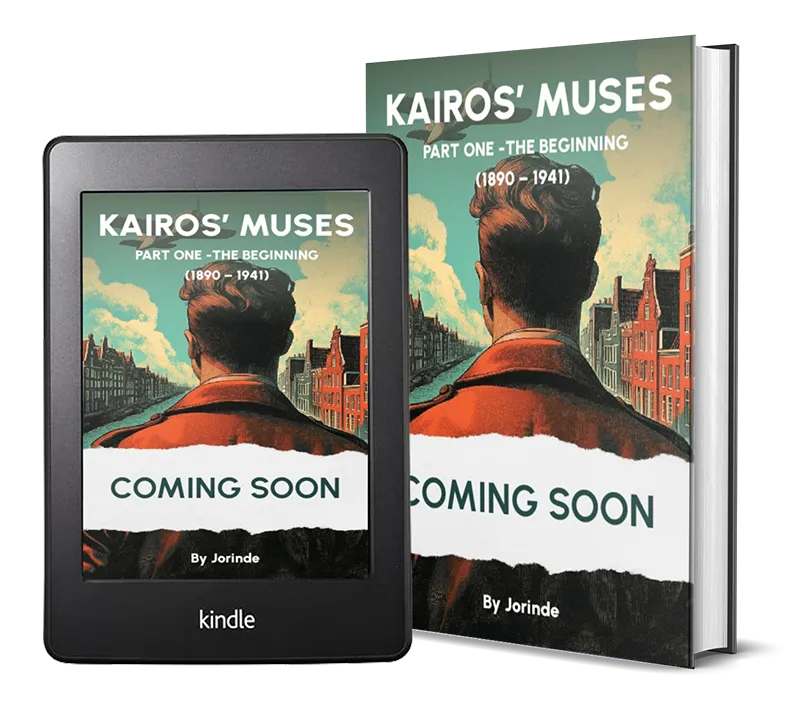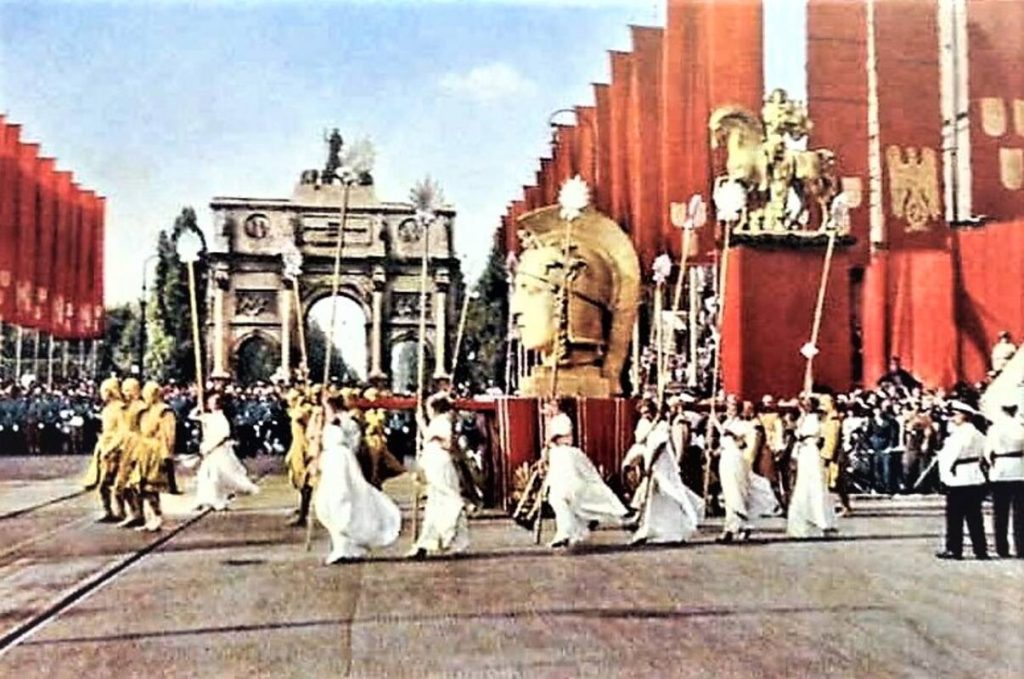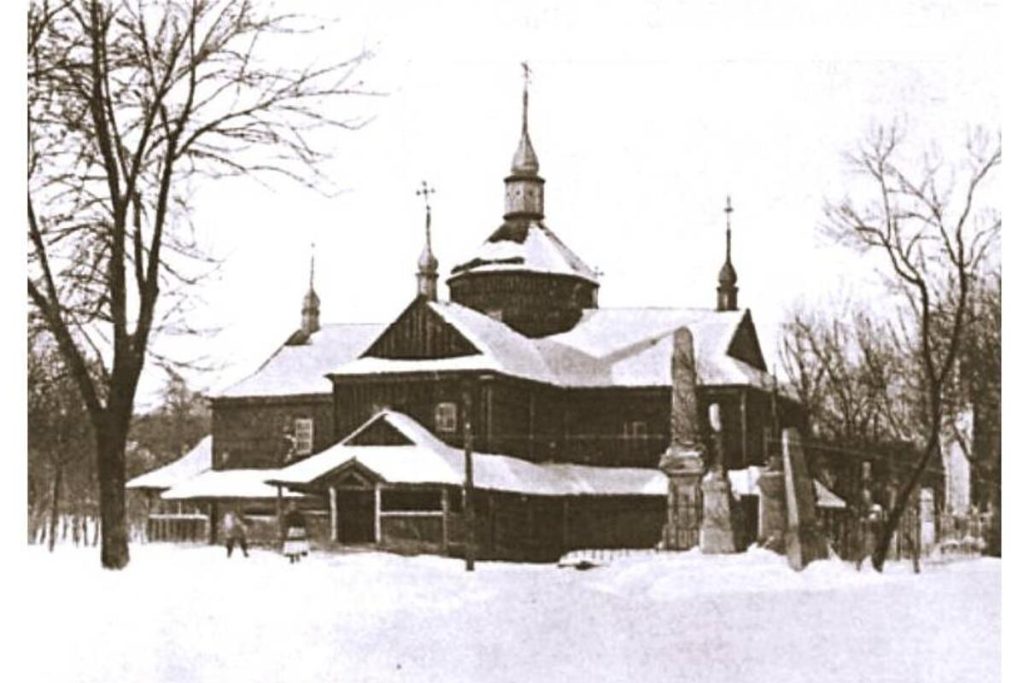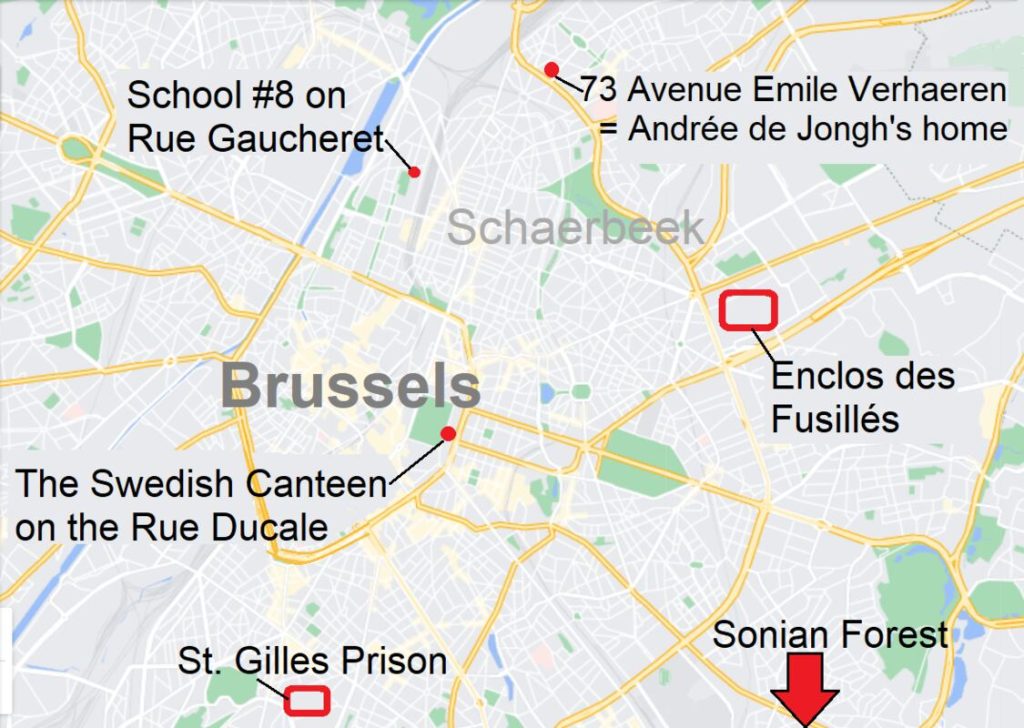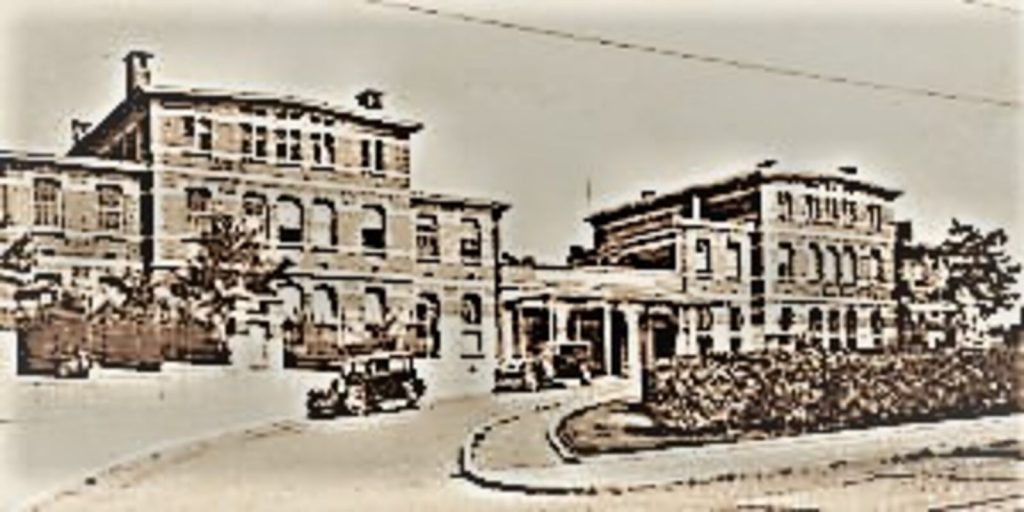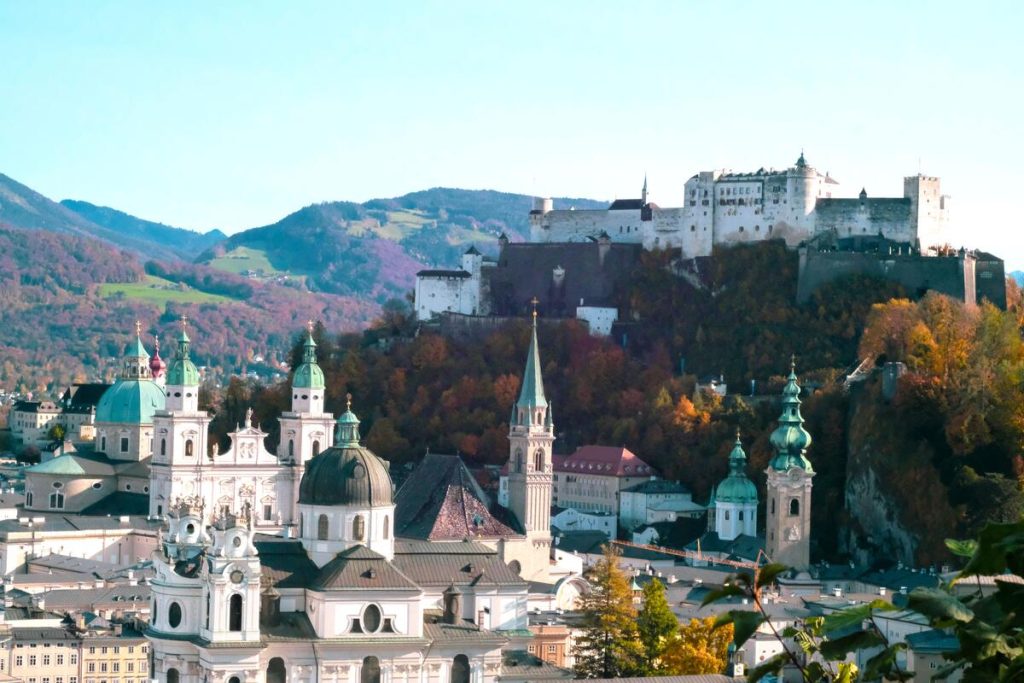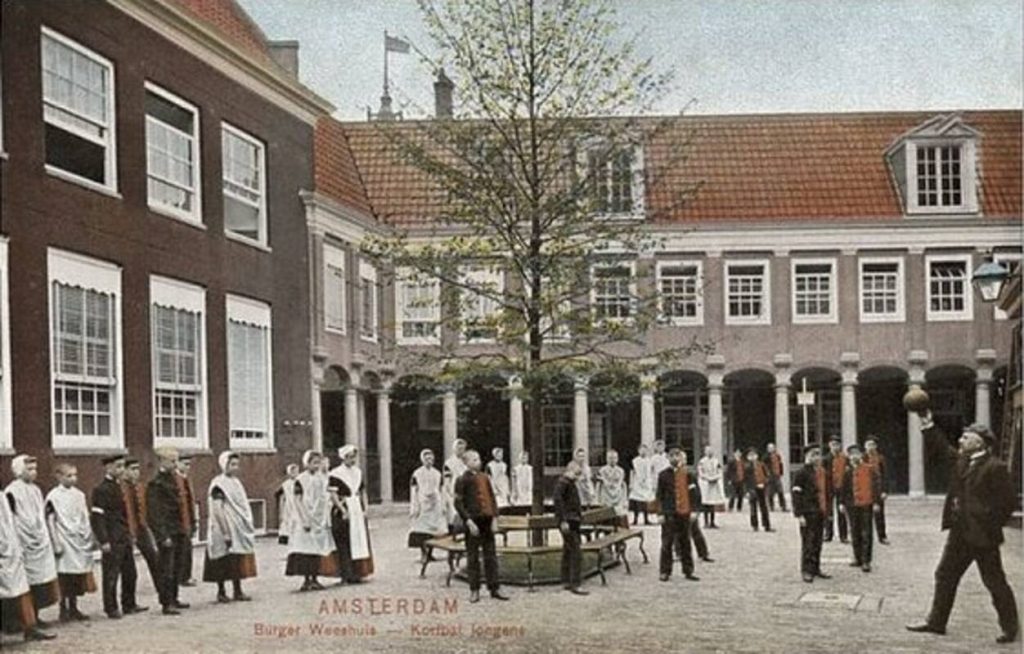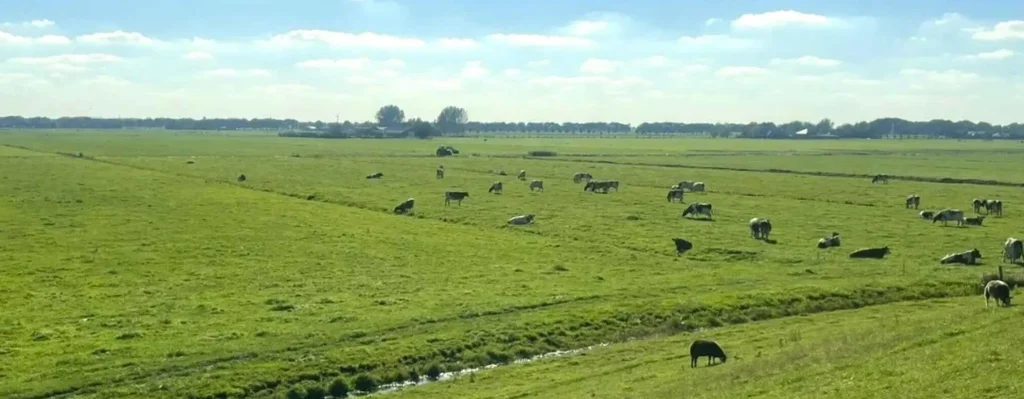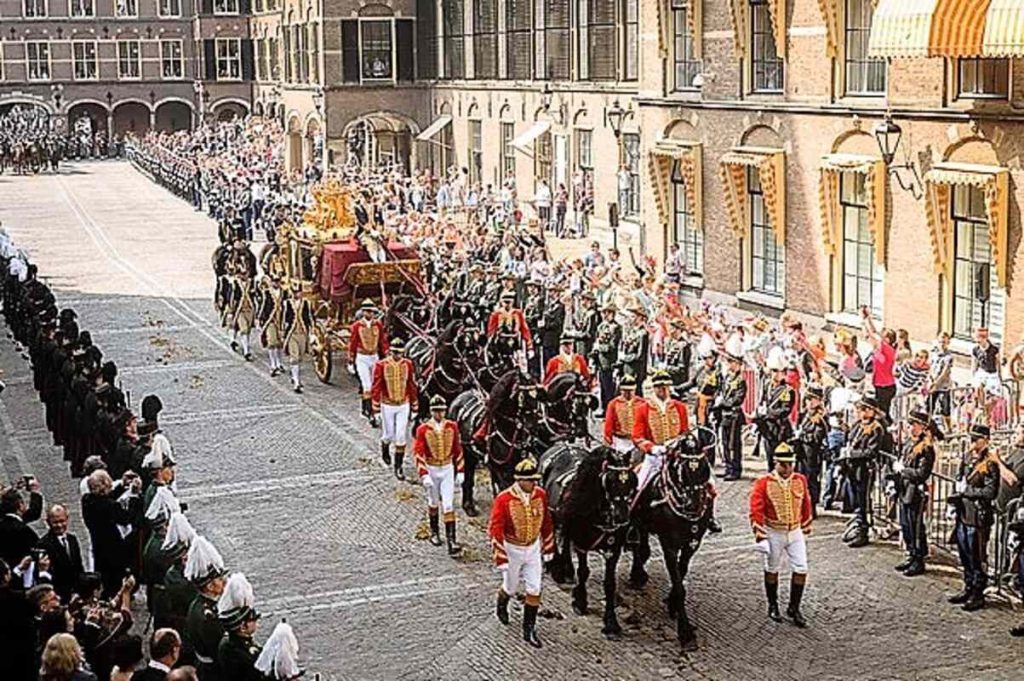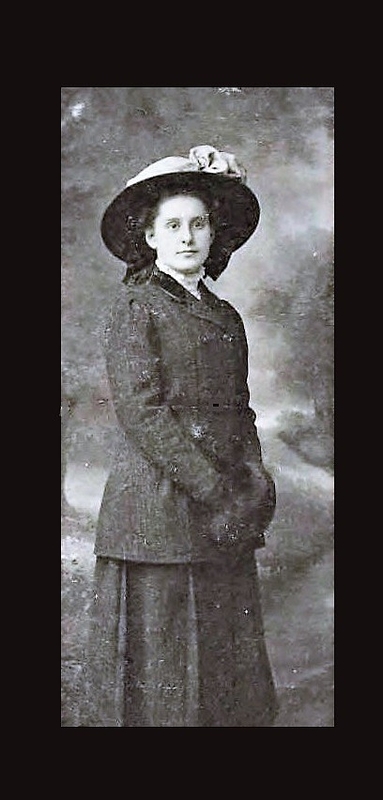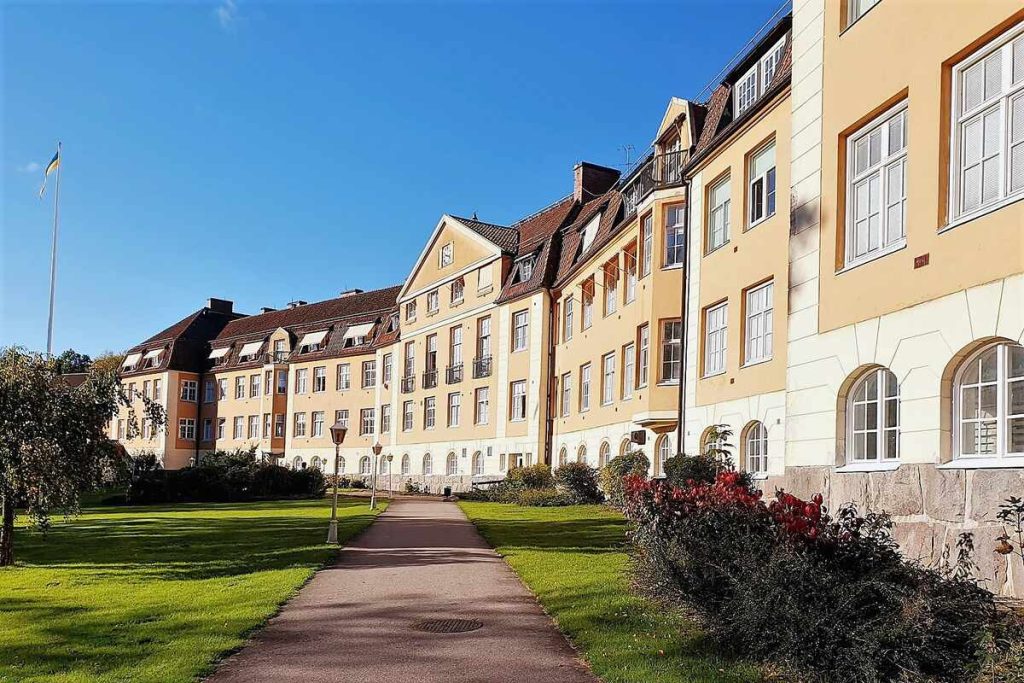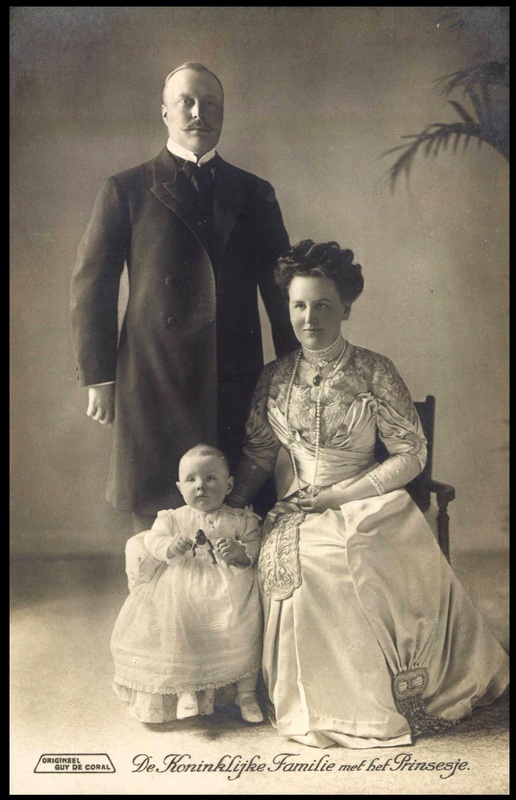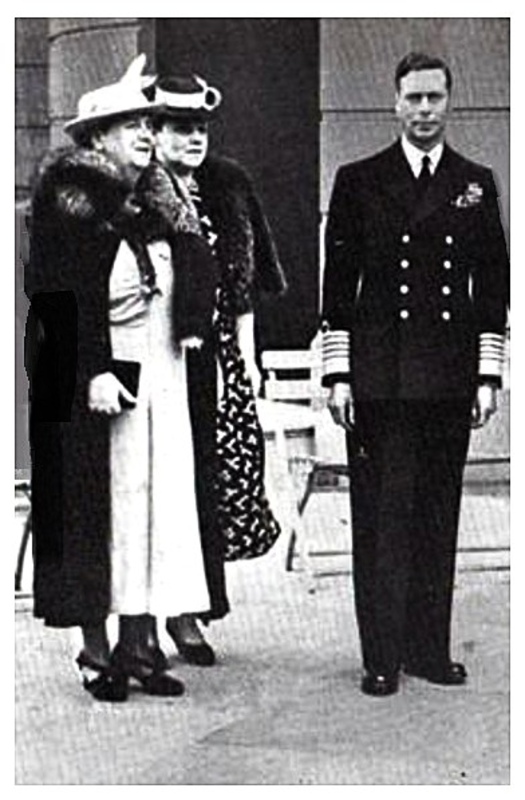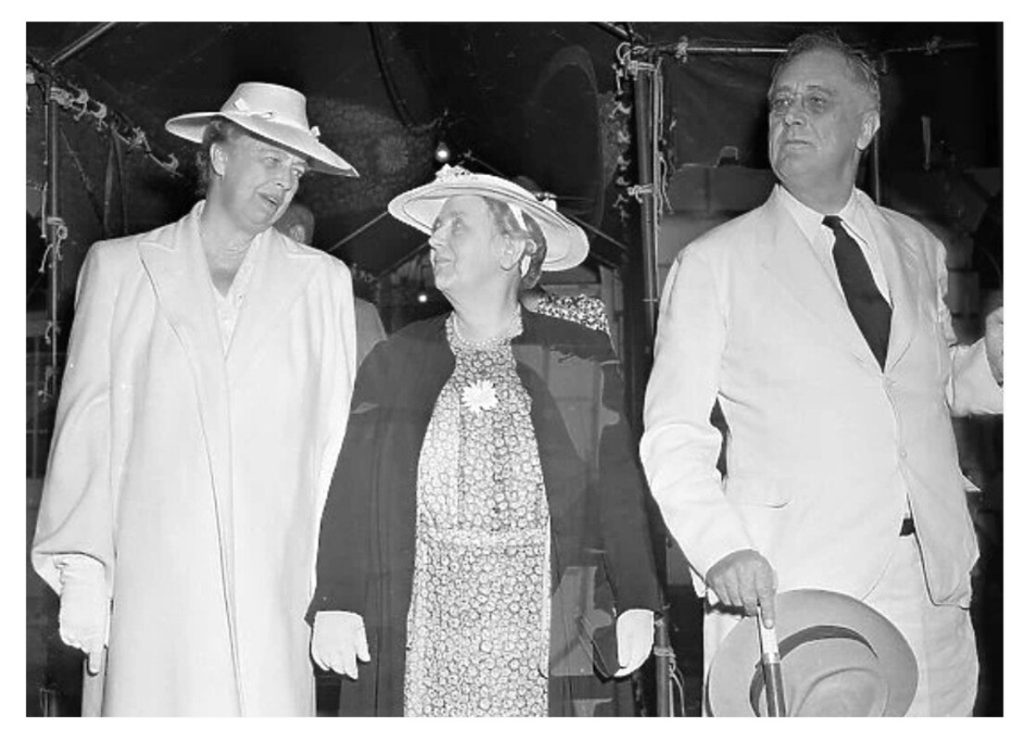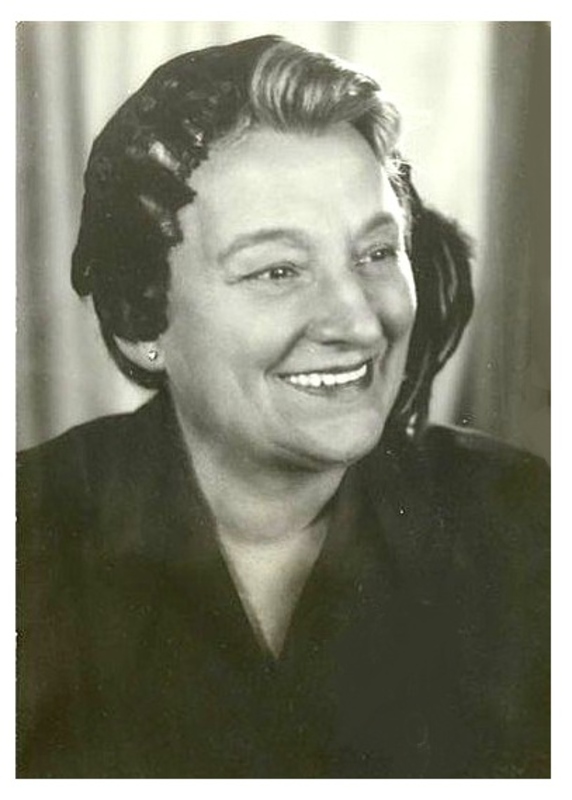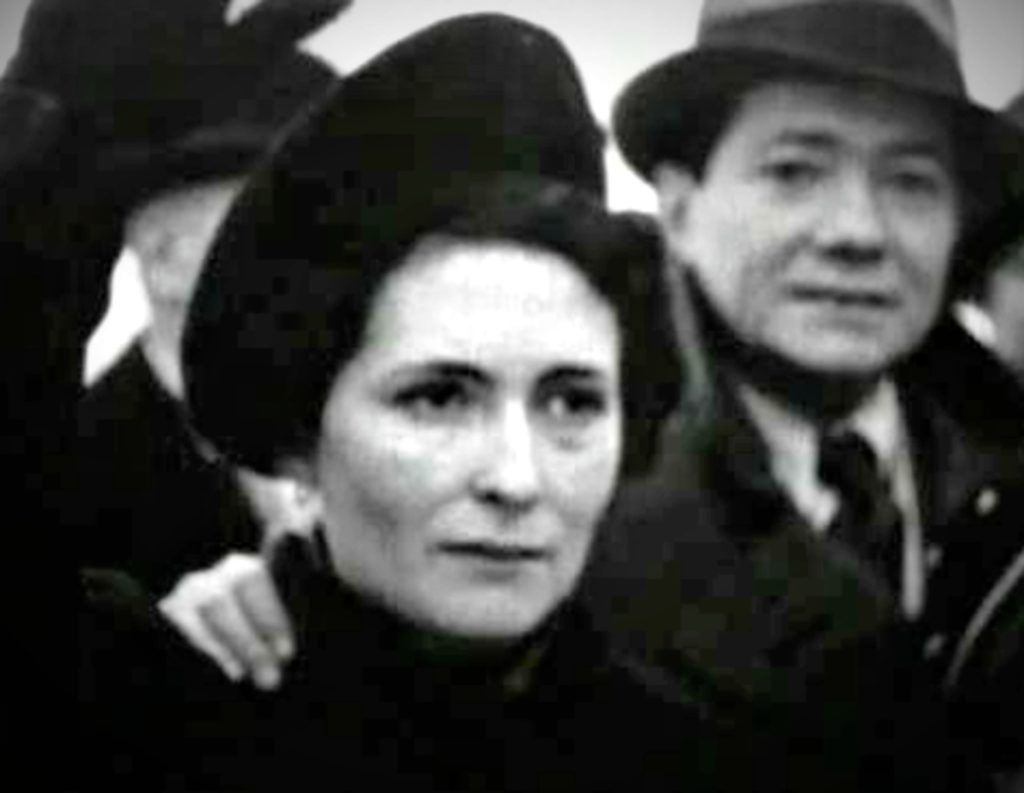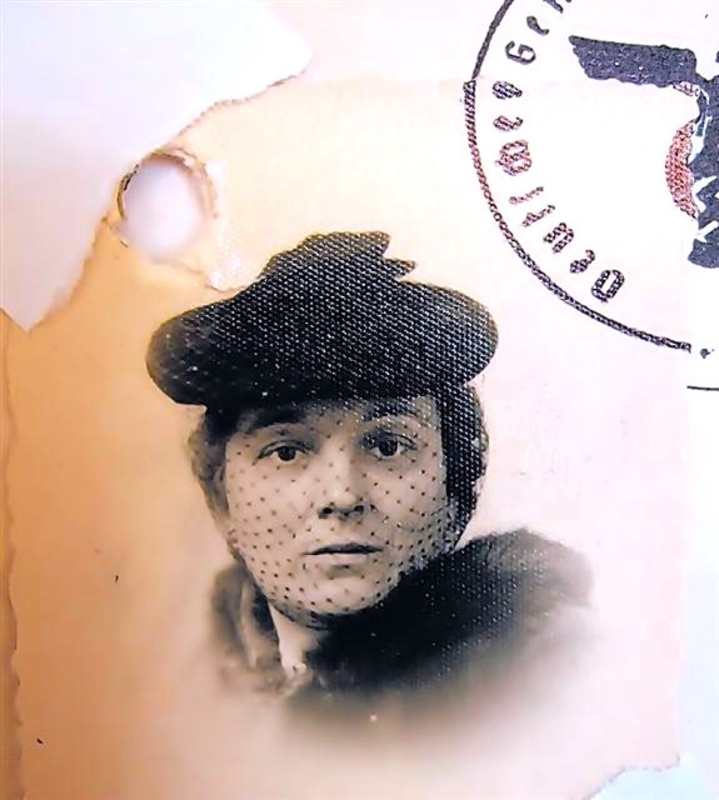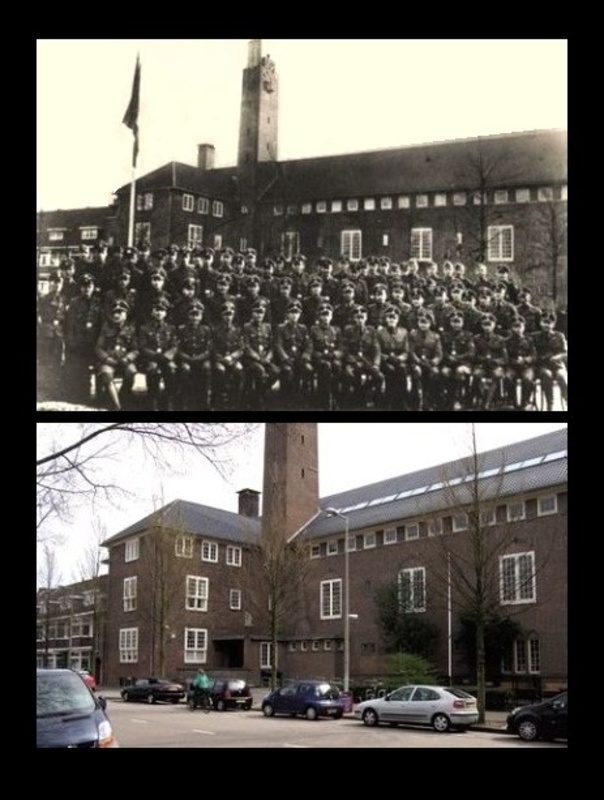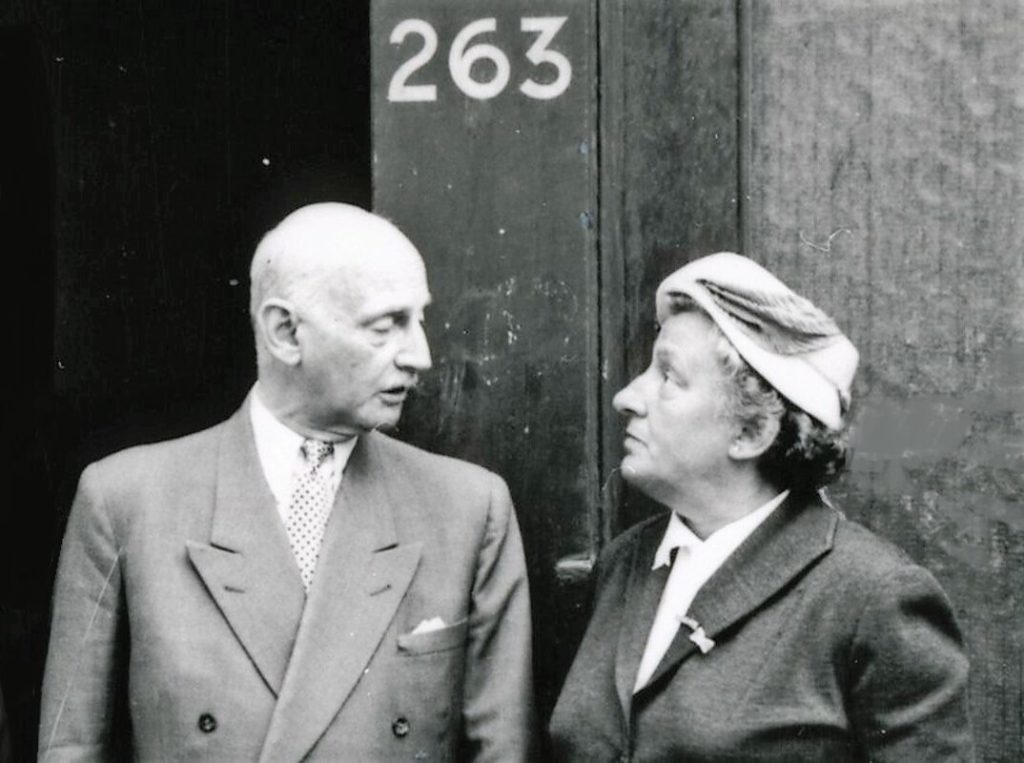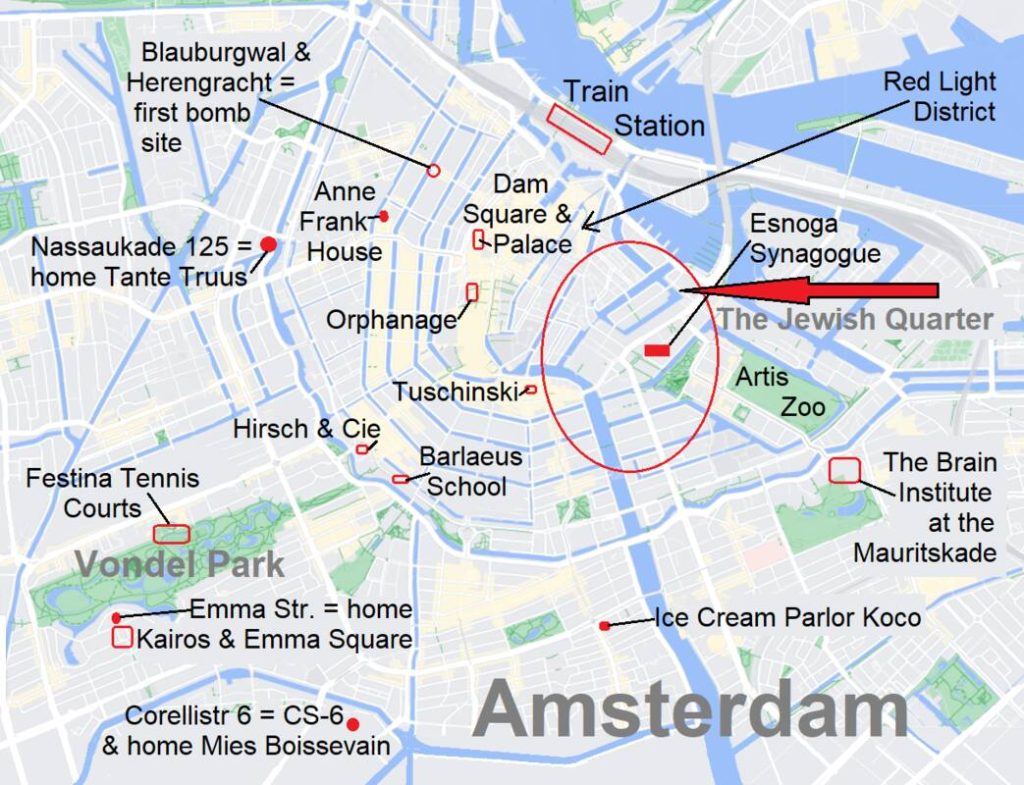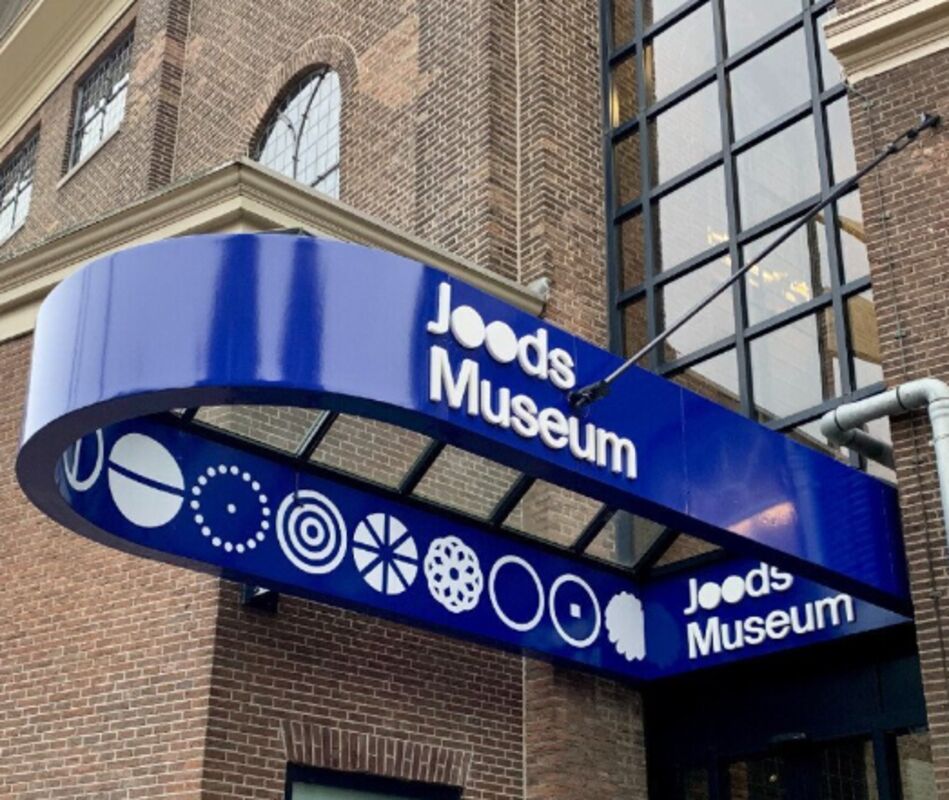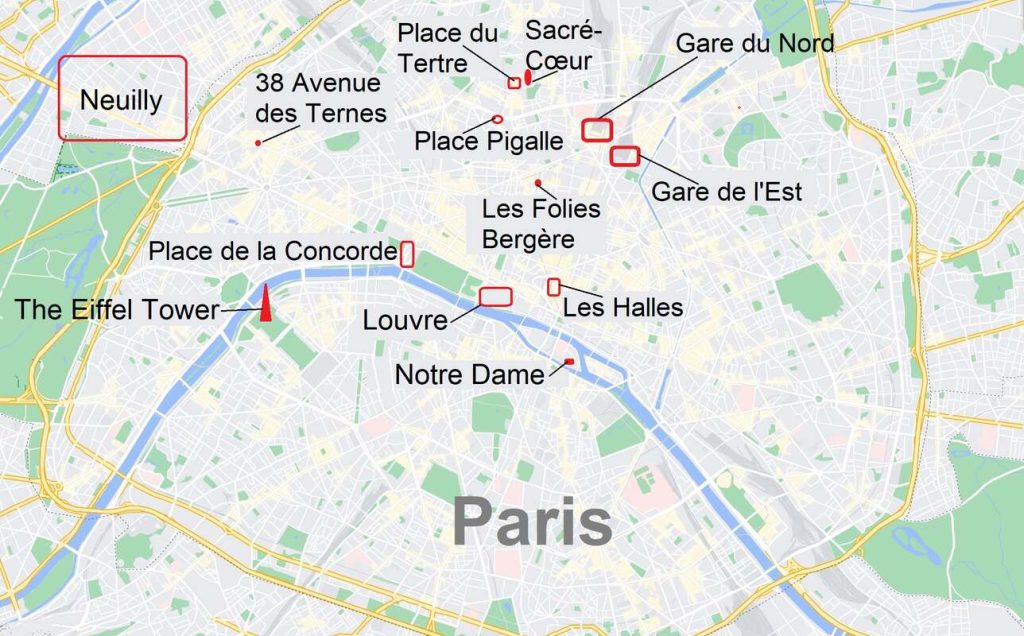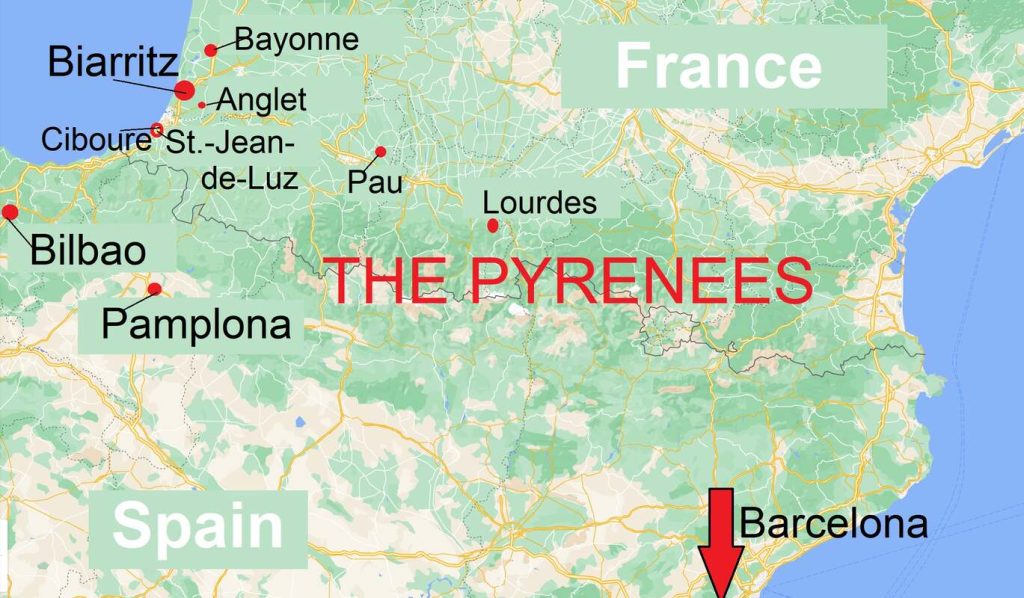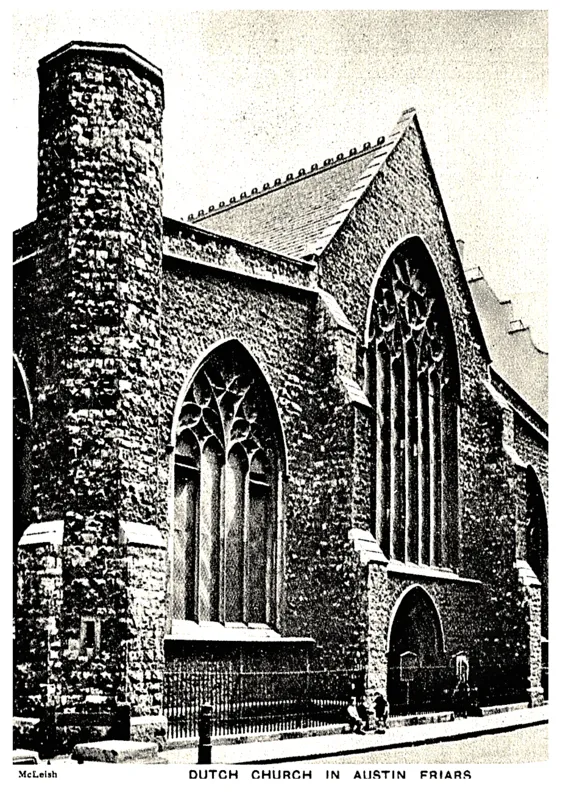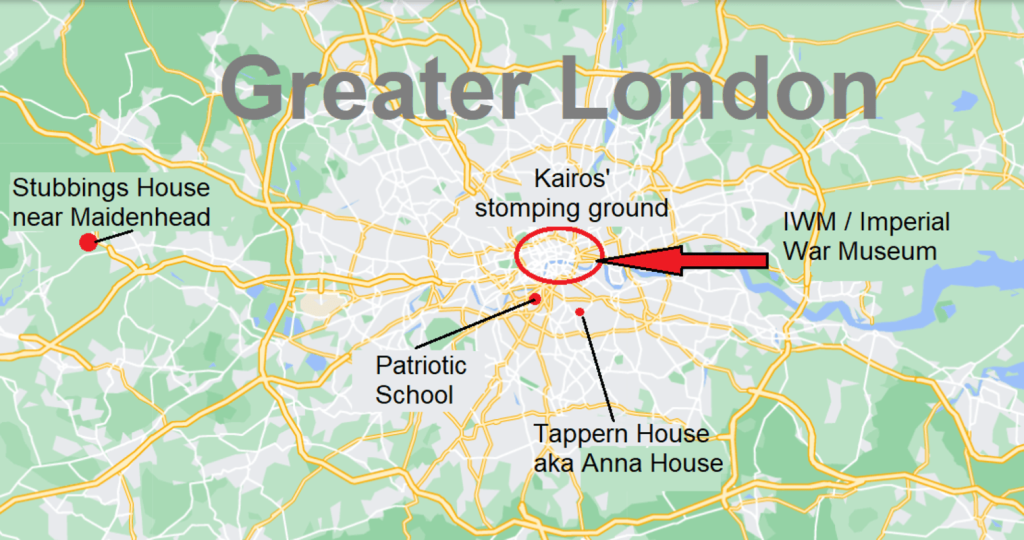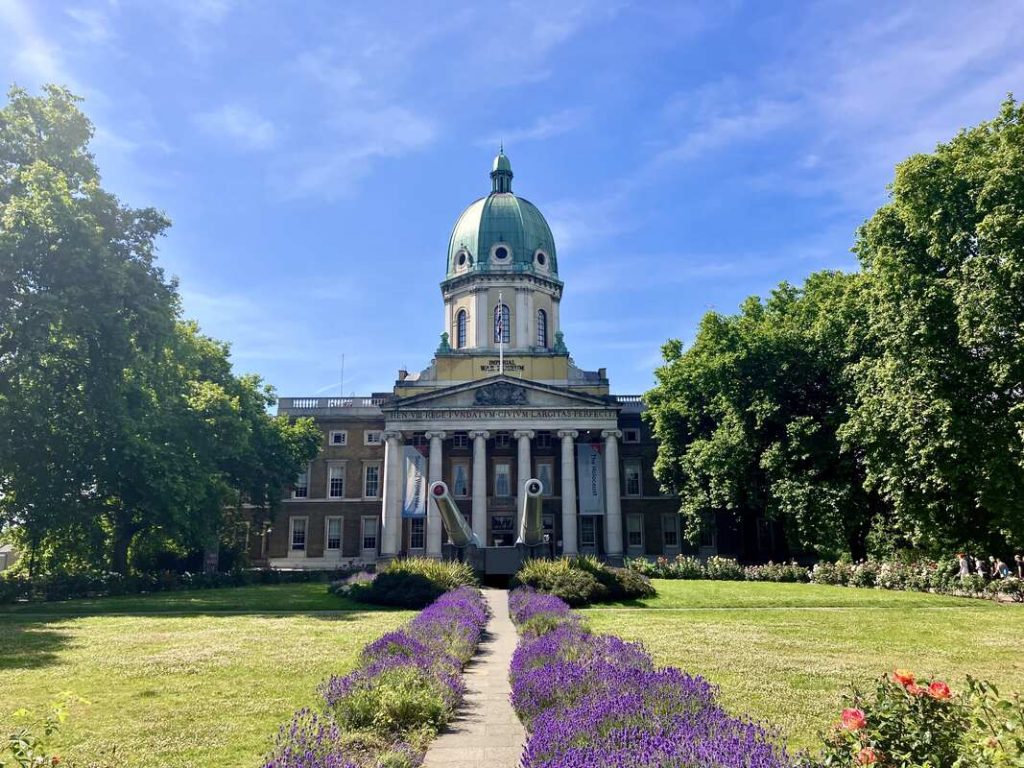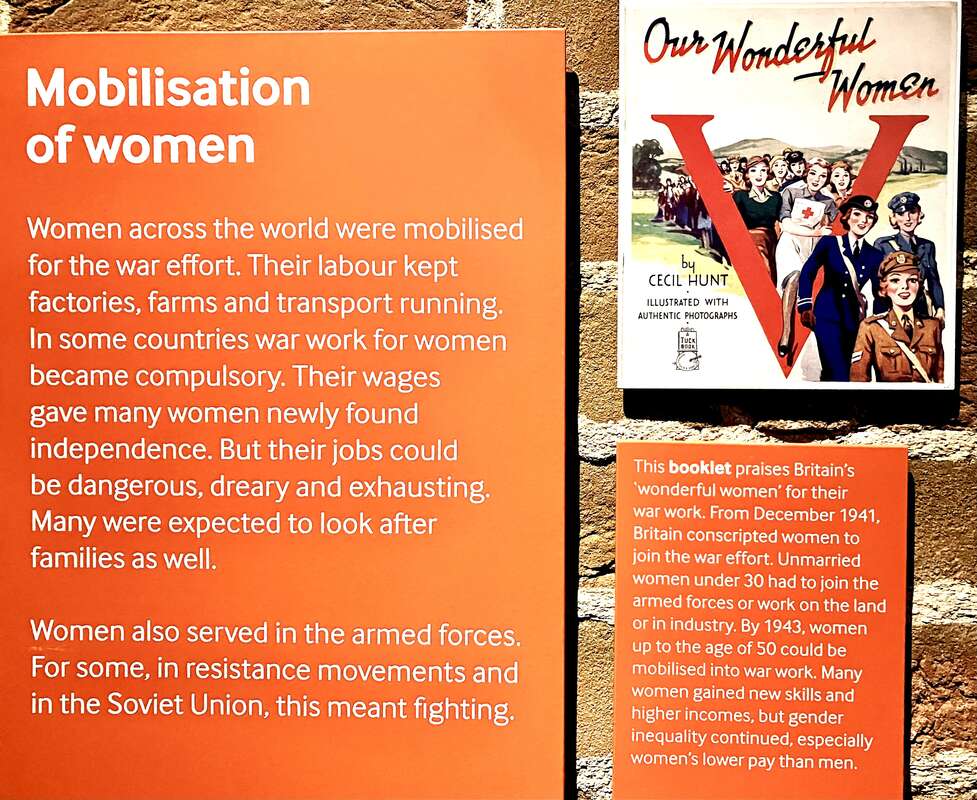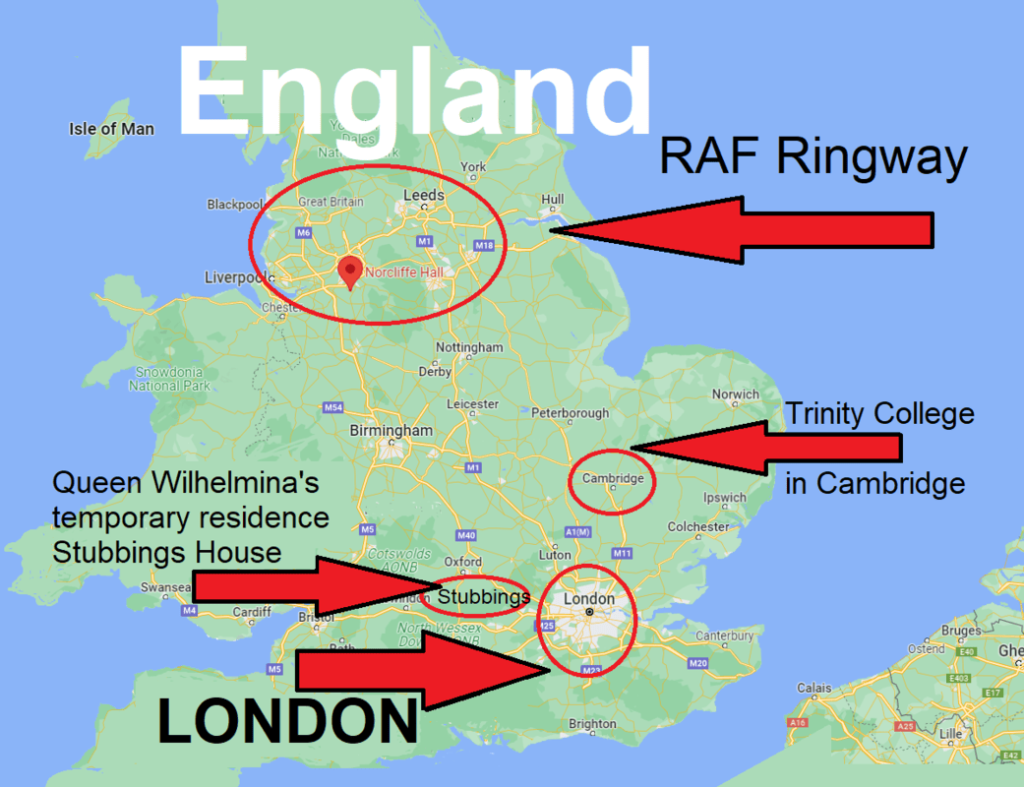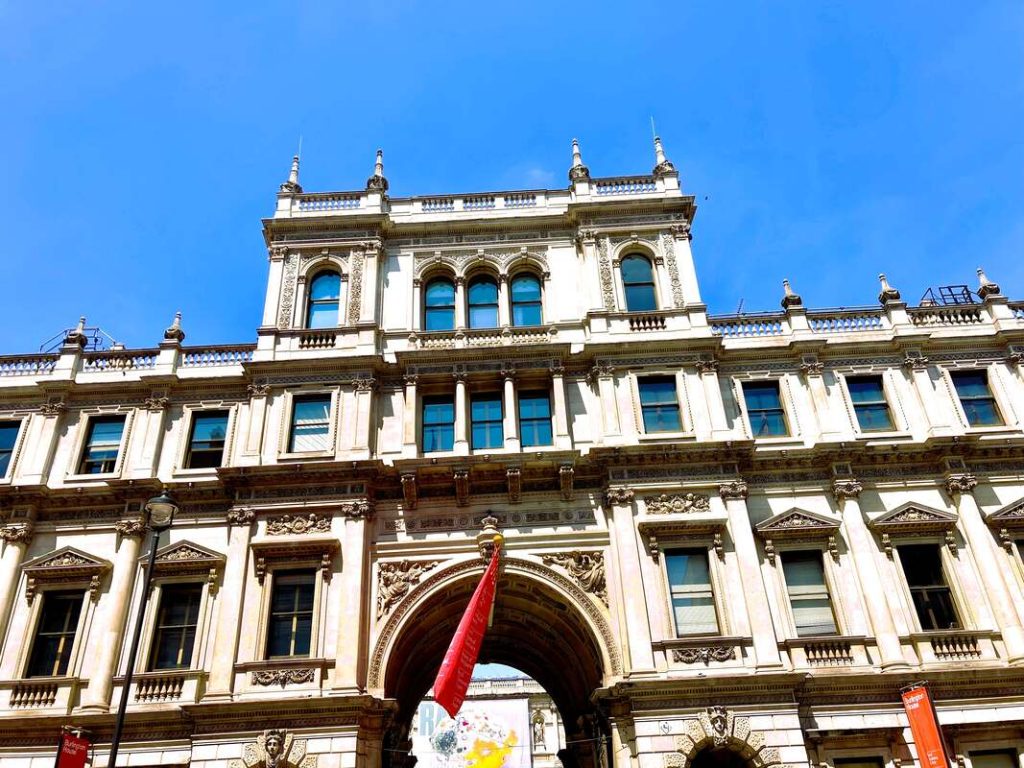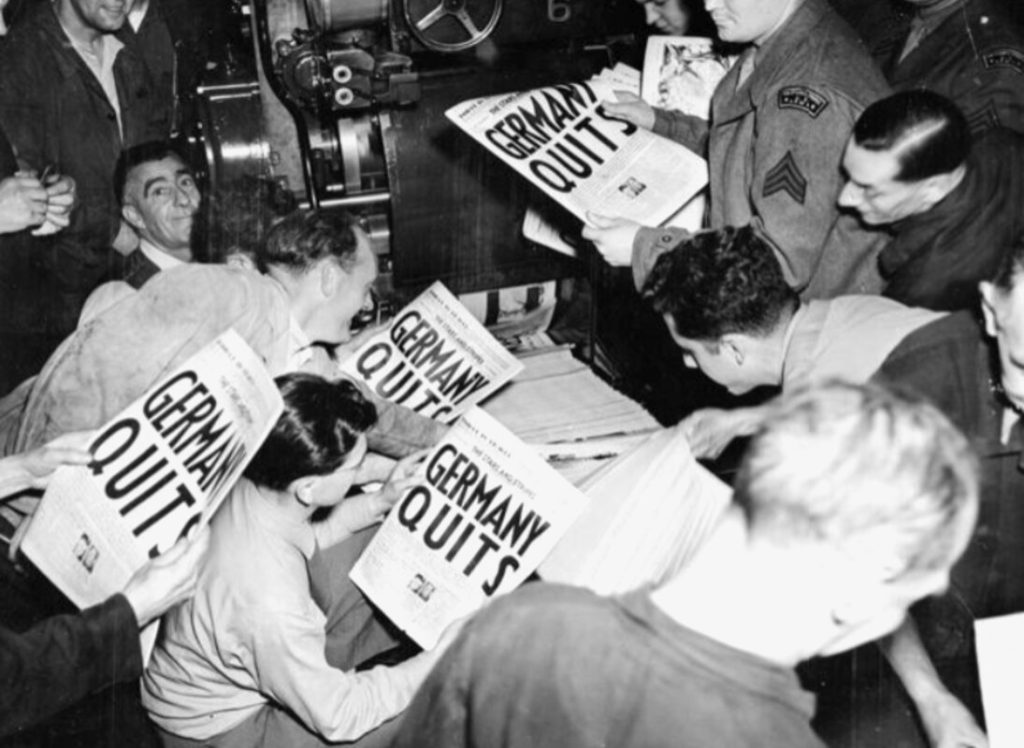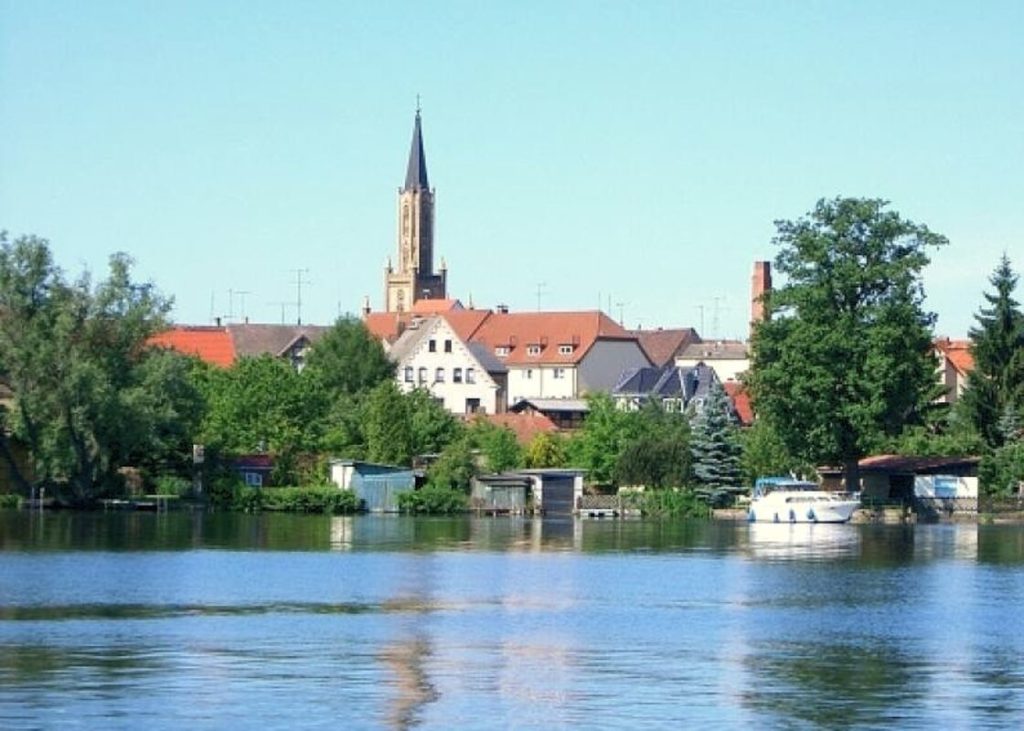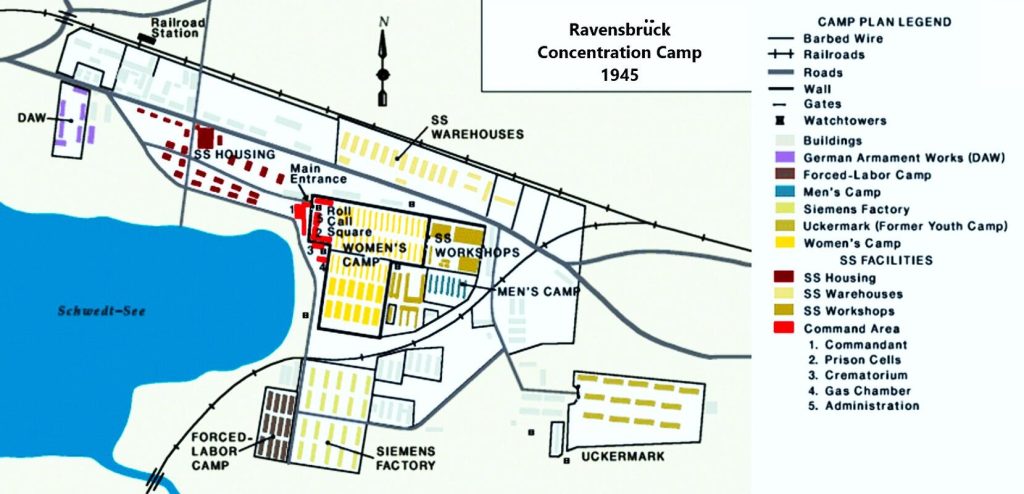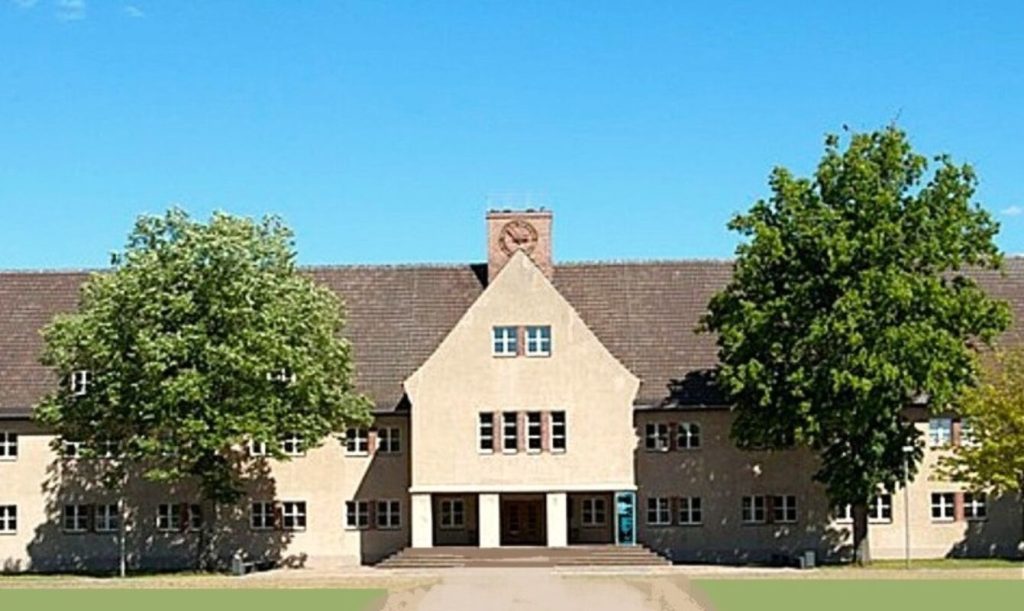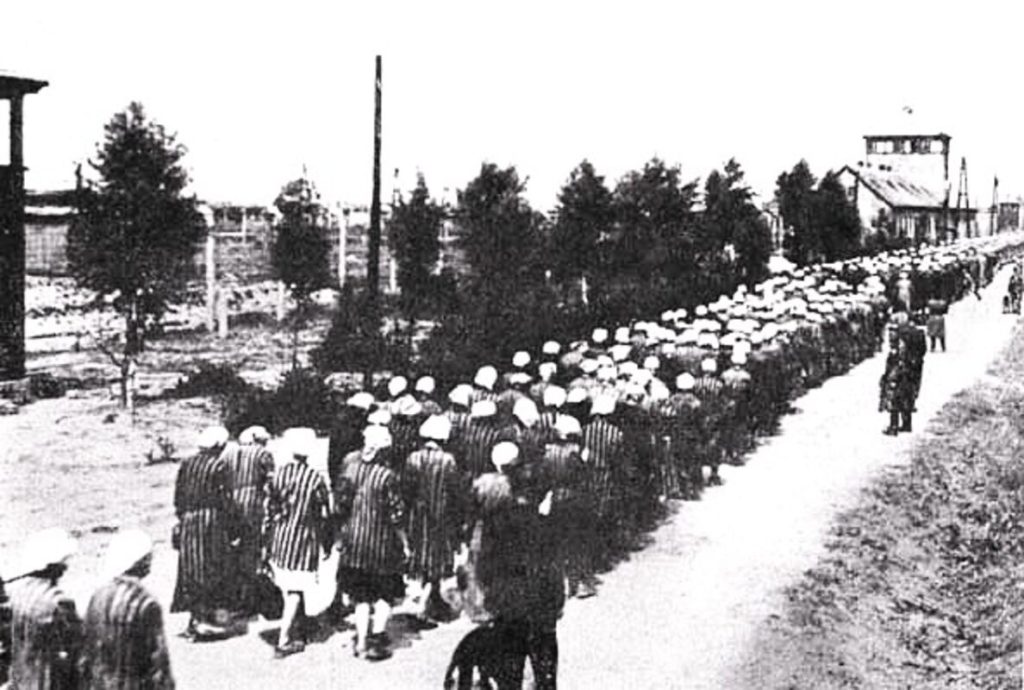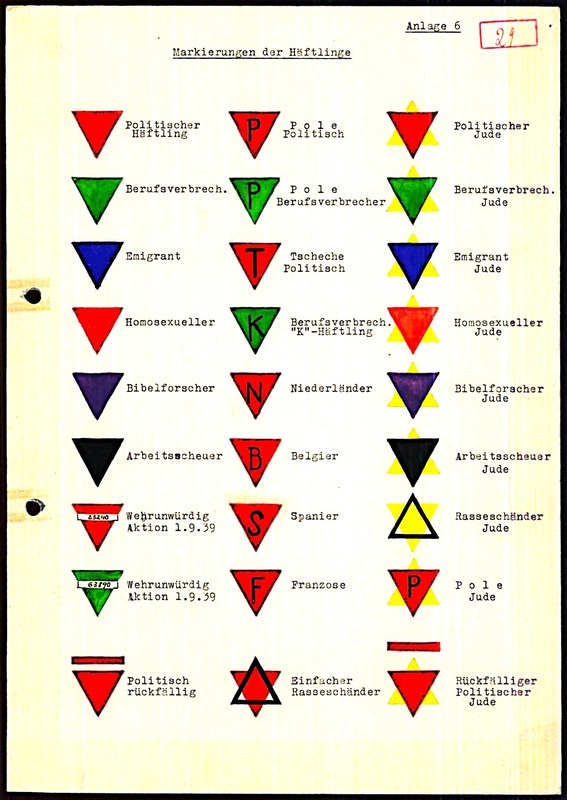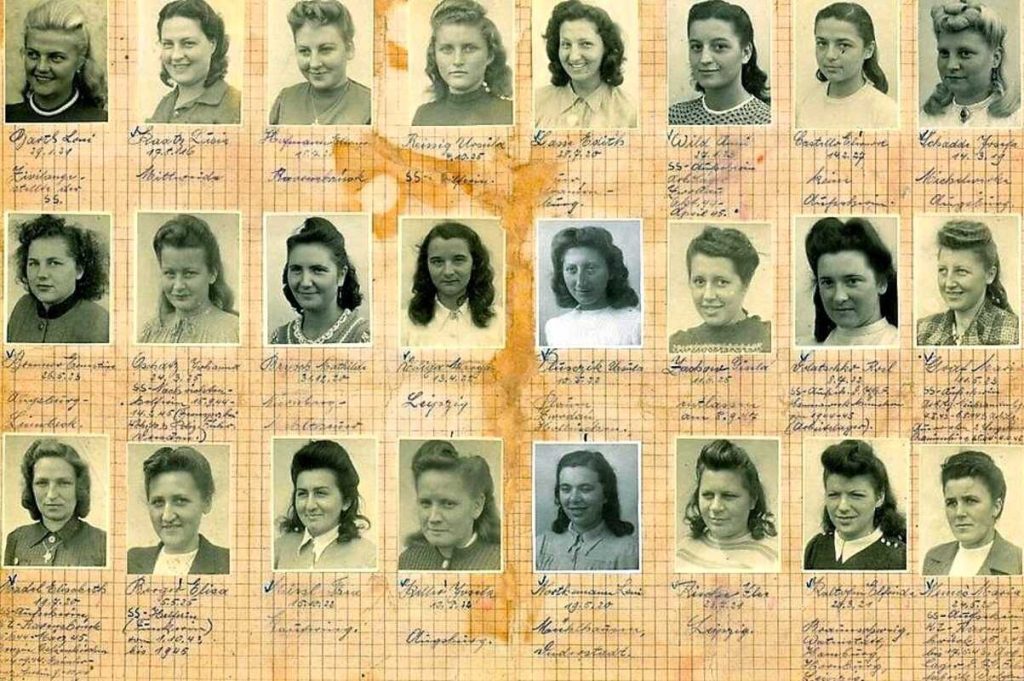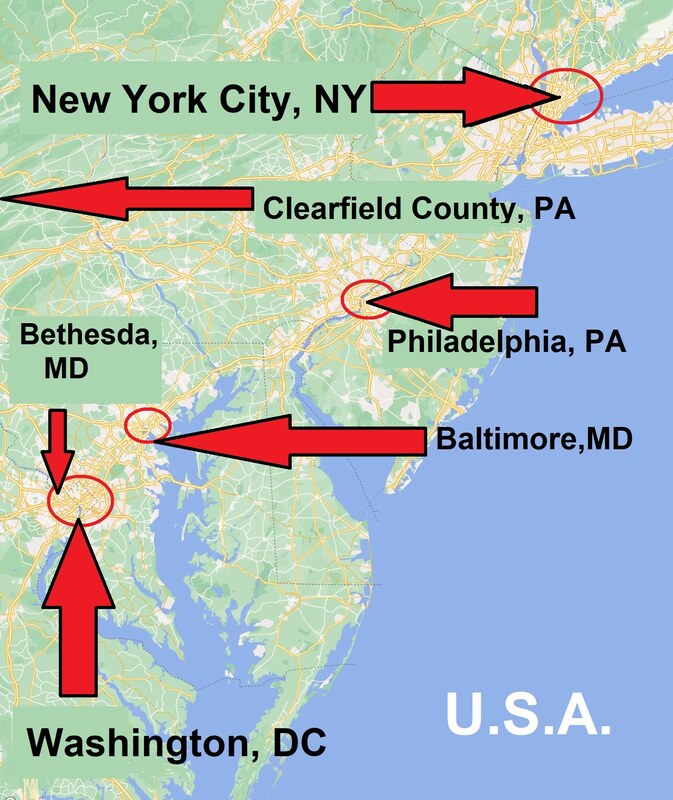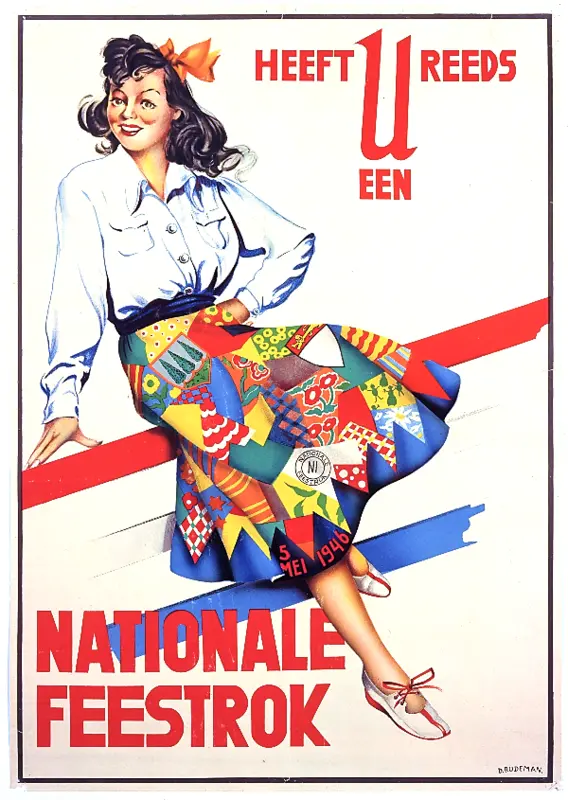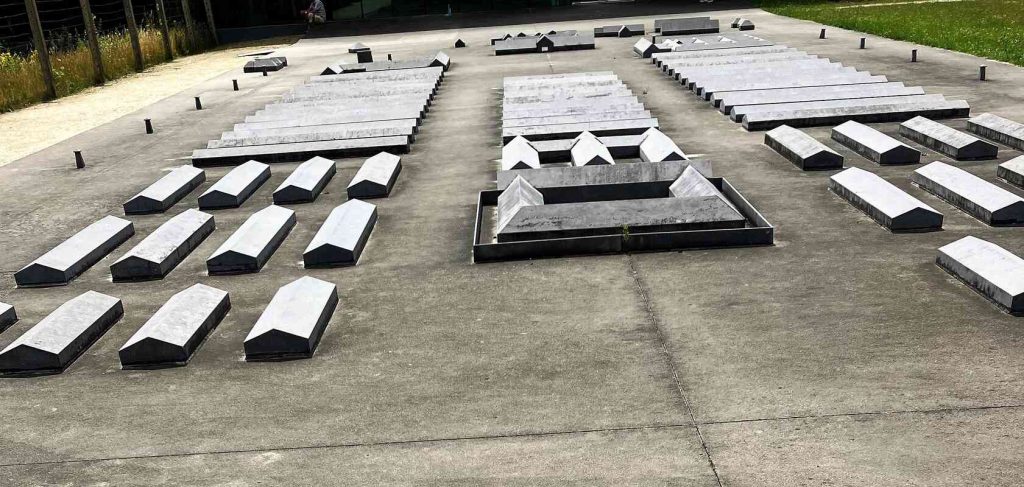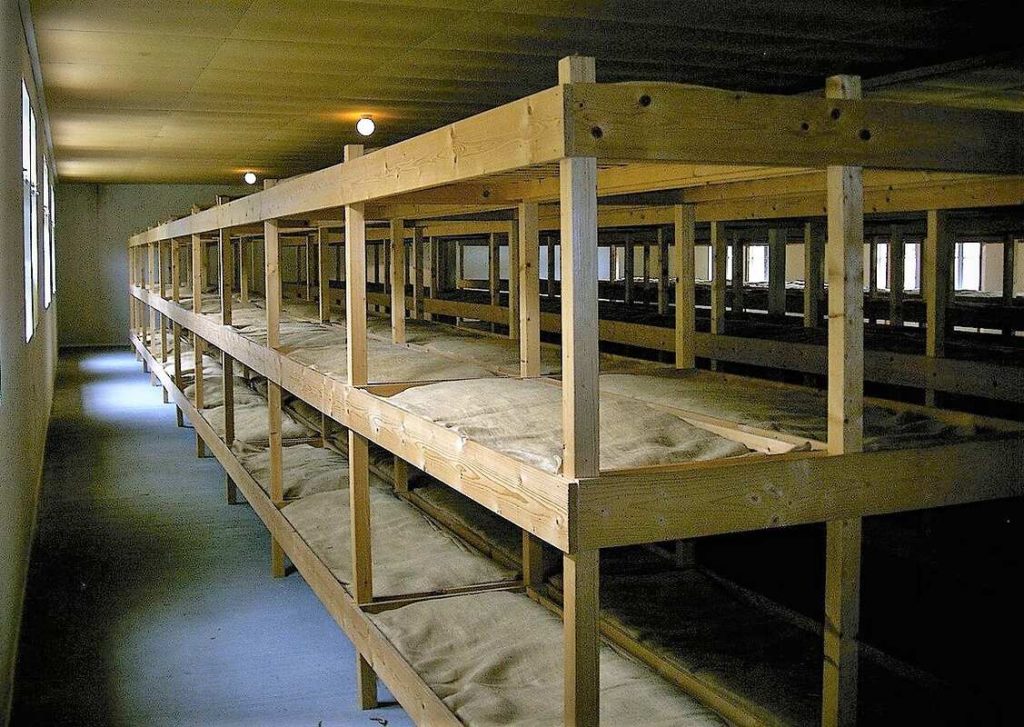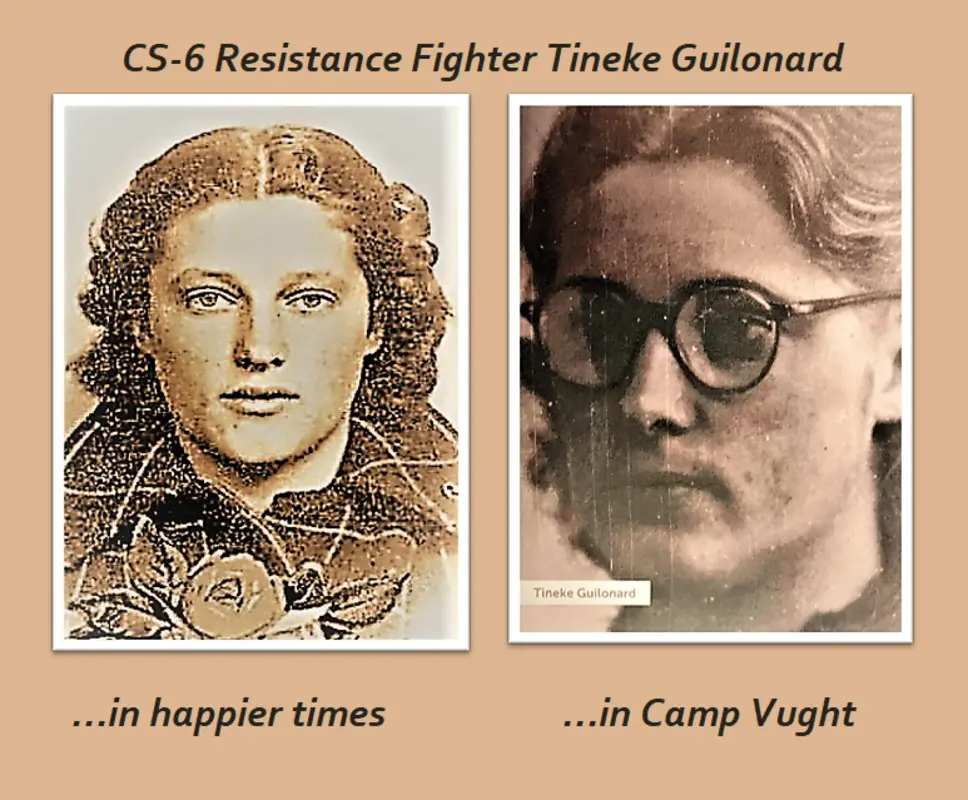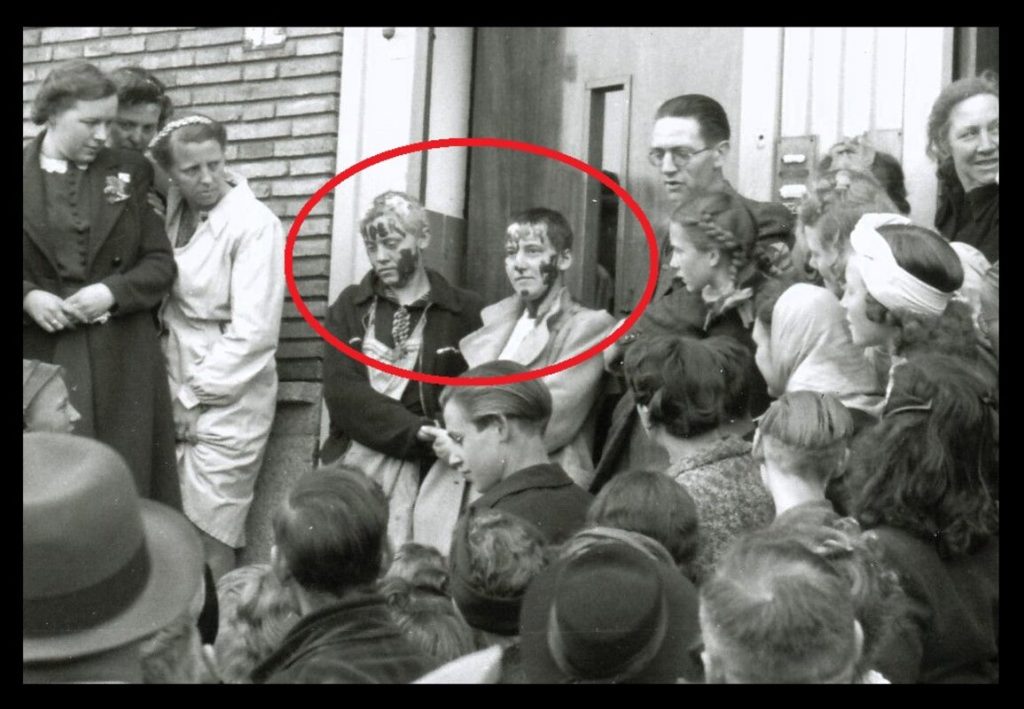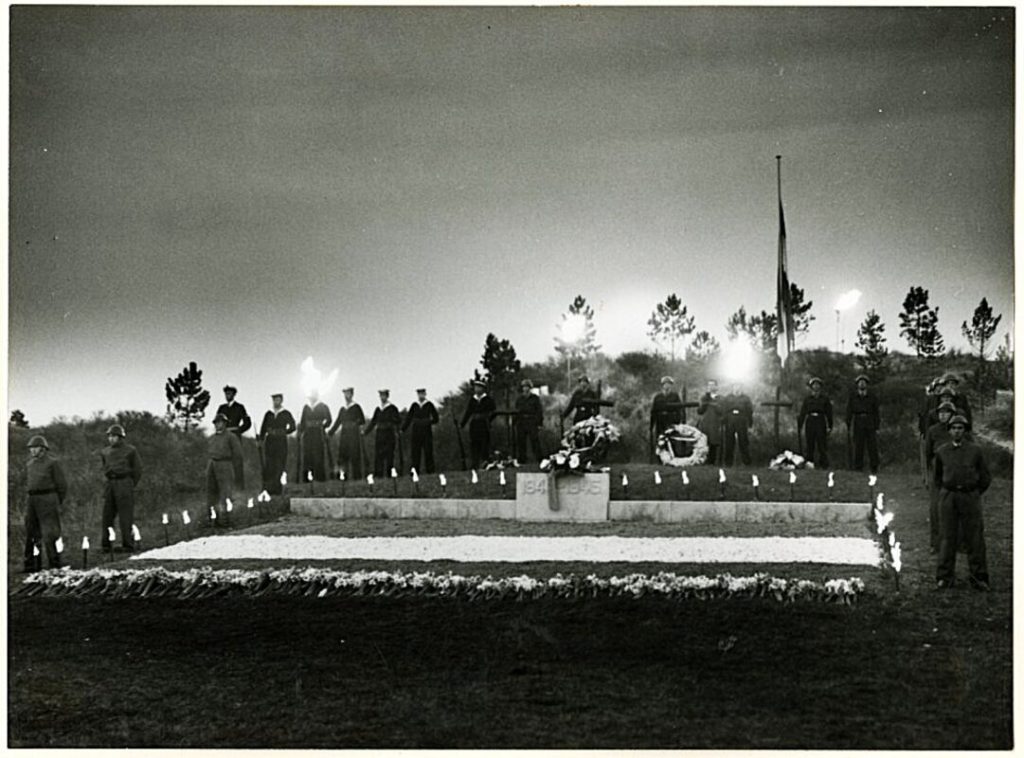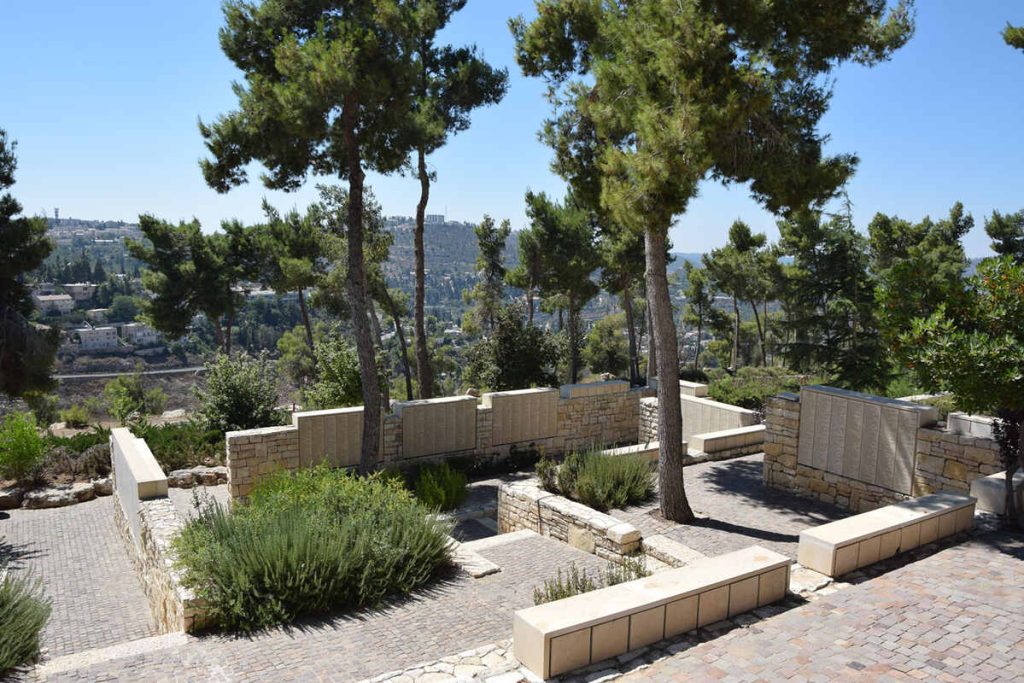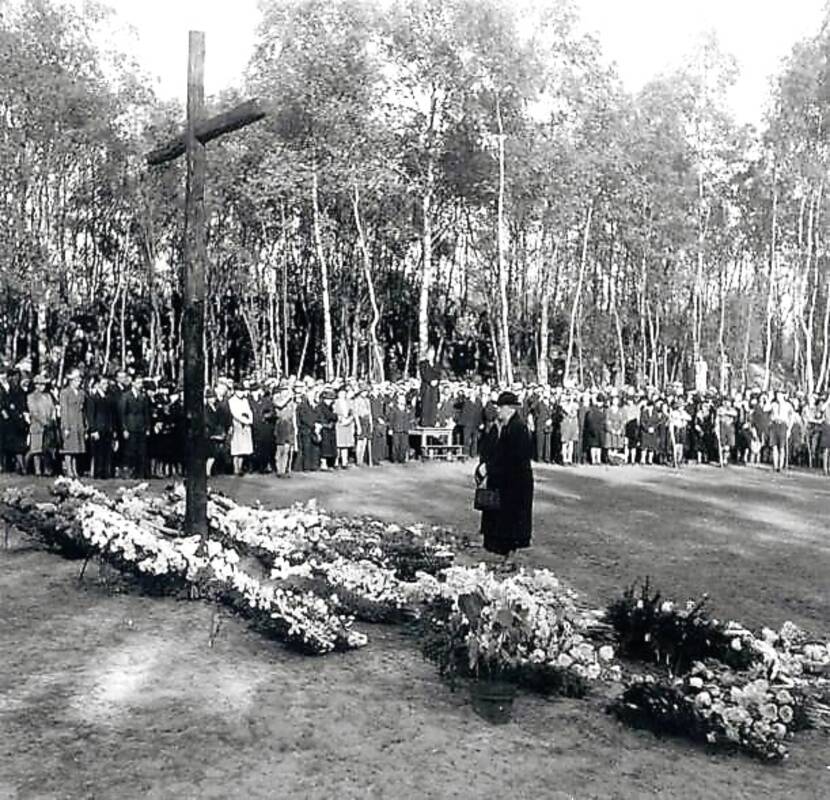AMSTERDAM -At the beginning of the War
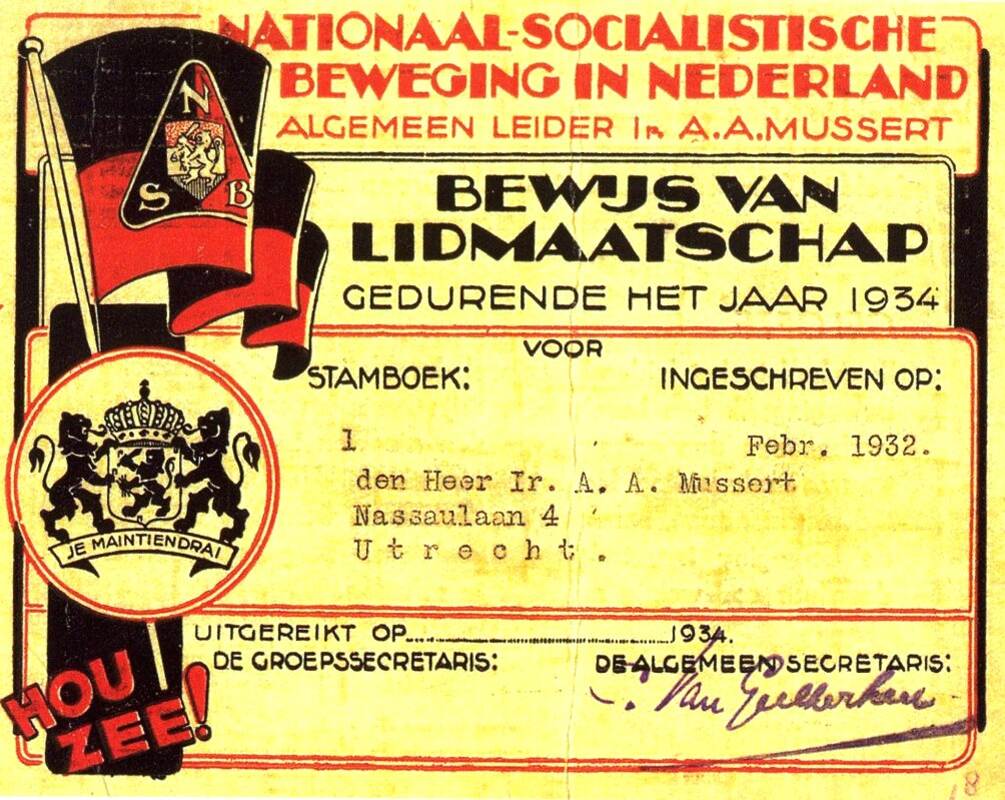
Unknown photographer
Anton Mussert, the leader of the “N.S.B” or Dutch pro-Nazi National Socialist Party was a creep; his wife was not only 18 years his senior, but she was also his aunt! Initially, the N.S.B was seen as an extreme minority, but during WWII, membership increased to over 100,000.

Before the war started, some ingredients had already only been obtainable via food vouchers. When war was declared, all the food was regulated by the Nazis via food vouchers.
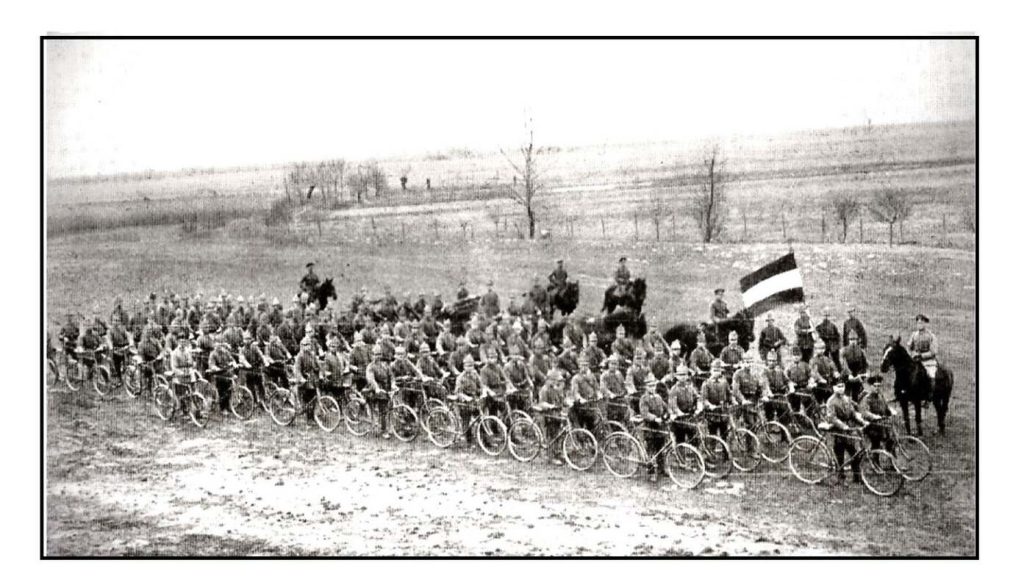
Unknown photographer
While I am proud to be from a country where there are still more bicycles than people, the ”Dutch Bicycle Infantry” did not inspire much confidence in Military prowess and might… Holland was defeated in less than a week.
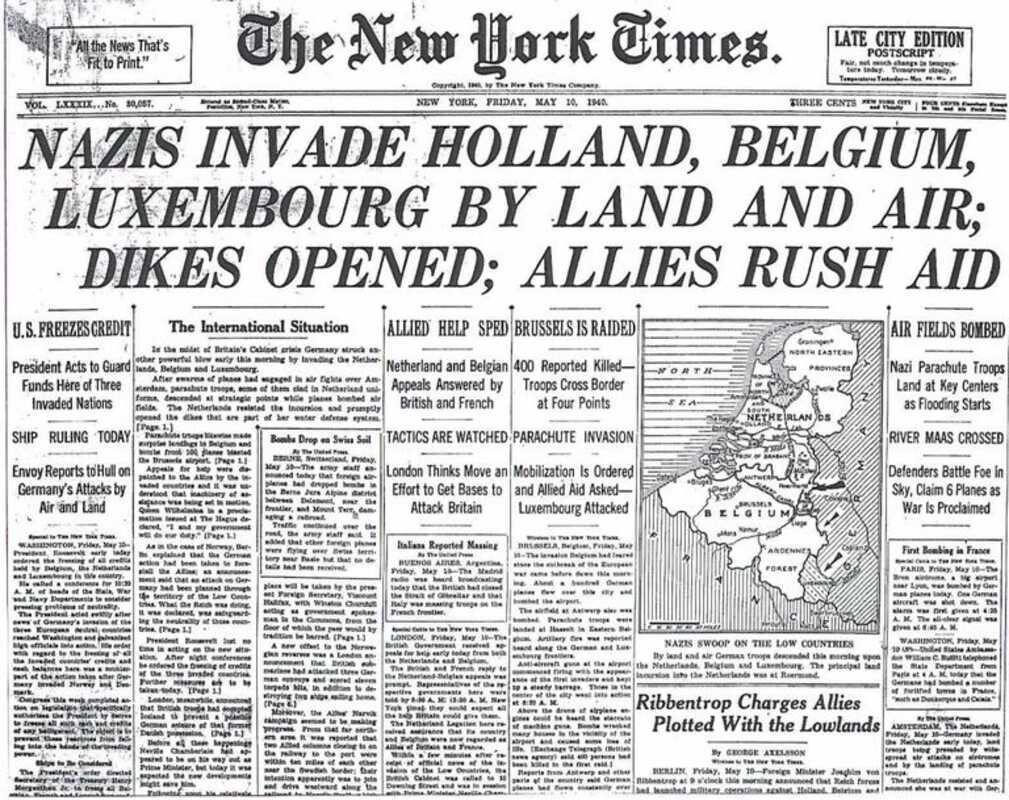
Unknown photographers

On May 10, 1940, German forces invaded the Netherlands. Within 5 days, the Dutch army was defeated…
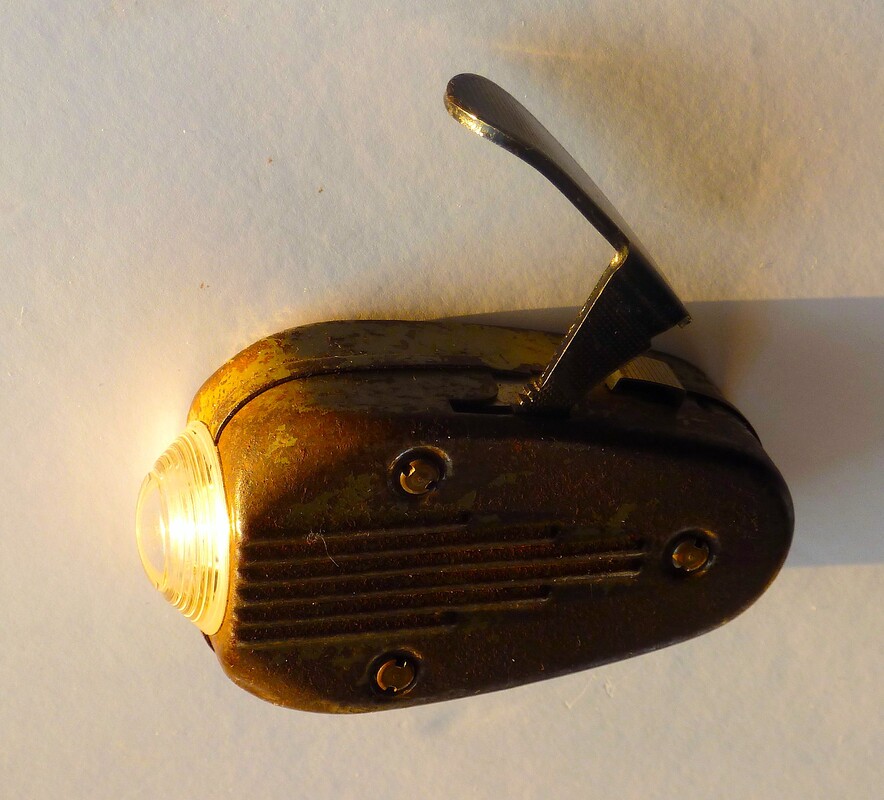
Picture credit: Jorinde
At the beginning of the Second World War when the blackout caused many accidents, a Knijpkat (pronounced/kneyp-kaht/) was just the thing. The literal translation is “squeeze cat,” referring to the purring sound the little dynamo flashlight makes when constantly pumping the handle to generate electricity. From 1943 onwards, many of them were manufactured by the inmates of Concentration Camp Vught in the Philips workshop.
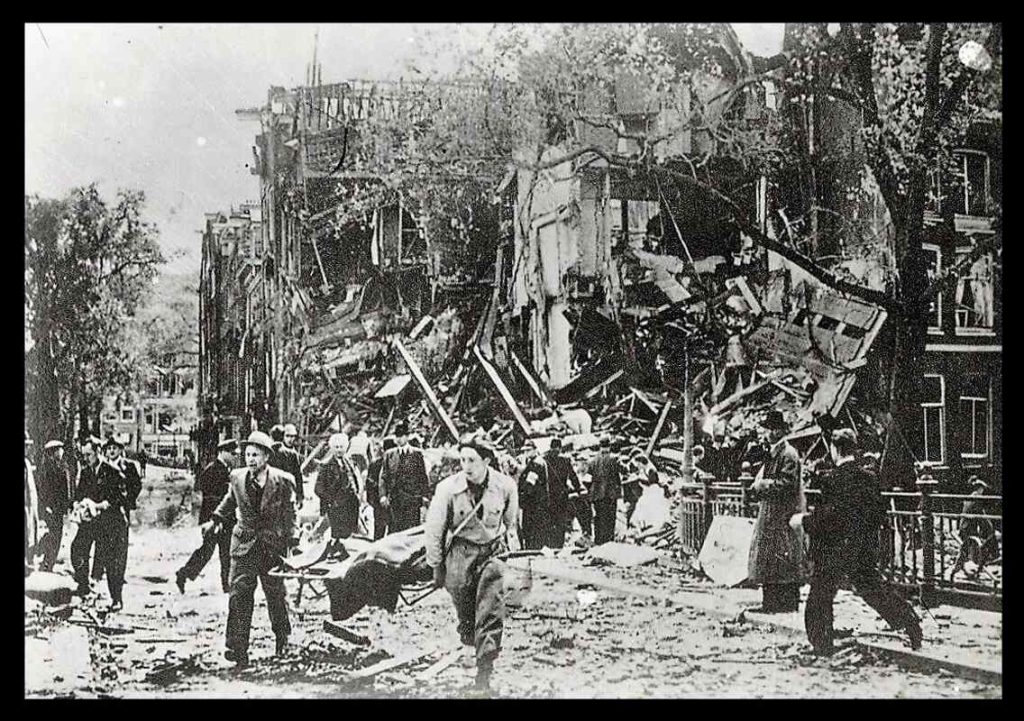
Unknown photographer
When the occupation was a fact, the rather innocent Kairos thinks it is a nice idea to cycle to a candy store to go get some candy to cheer up the children at the Amsterdam Orphanage, but when he is getting close, a giant bomb explodes, shaking him to the core and killing 44 people.

Picture credit: Amsterdam Archives
On May 14, 1940, billowing plumes of toxic smoke were visible from the canal called “Singel.” The Dutch had set fire to their own petrol harbor north of Amsterdam so that the Nazis could not use the fuel.
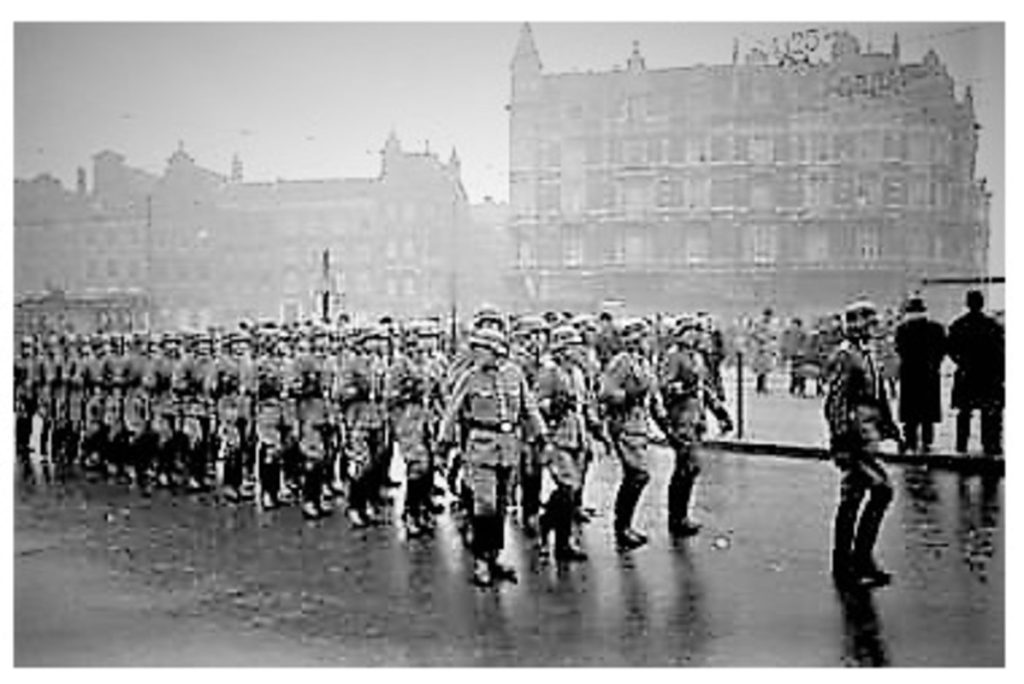
Unknown photographer
When Nazi soldiers marched across the Berlage Bridge into Amsterdam on May 15, 1940, some watched choking back tears while others, like Betsy (the devious servant girl in the Kairos household) welcomed them with the “Heil Hitler” salute.
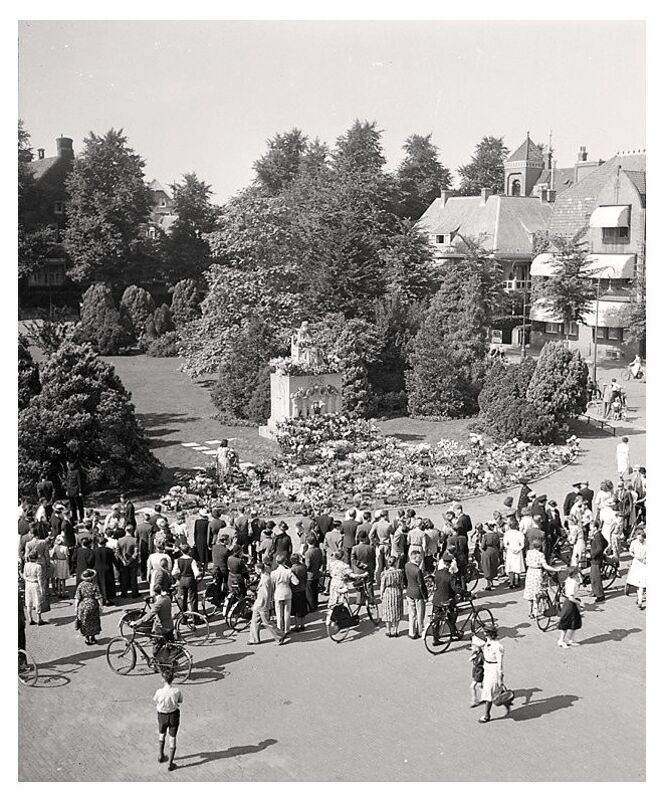
Picture credit: Charles Breijer– Collectie Nederlands Foto Museum
Saturday, June 26th, 1940 was Prince Bernard’s birthday. Since he always sported a white carnation on his lapel and because this was the first birthday of a member of the Dutch royal house during the war, this day came to be known as “Carnation Day.” In protest of the war, in Amsterdam (and elsewhere in the Netherlands) citizens put carnations at statues of members of the royal family. Close to Kairos’ house, the statue of Queen Mother Emma (who had passed away in 1934), was covered in flowers.
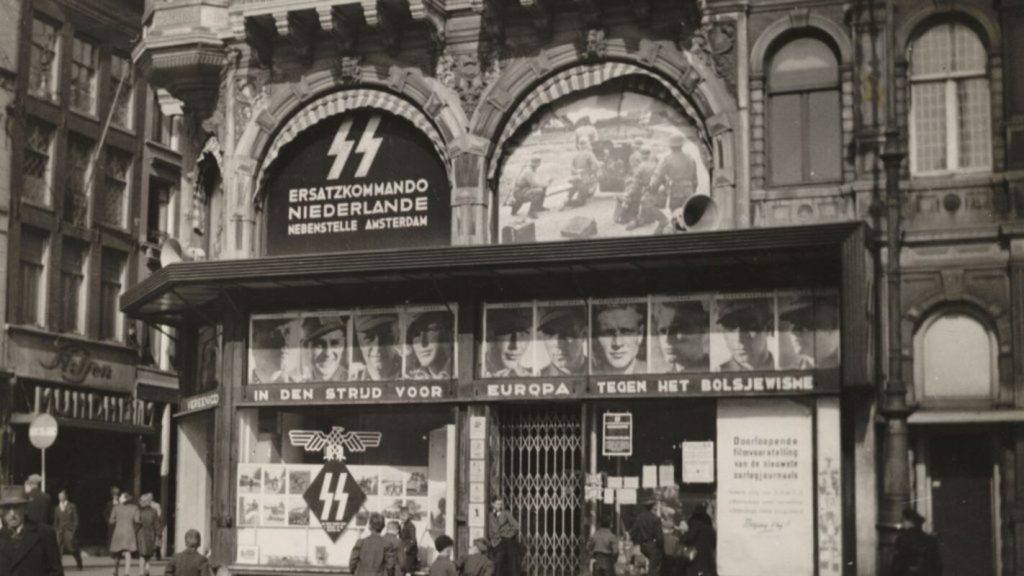
Unknown photographer
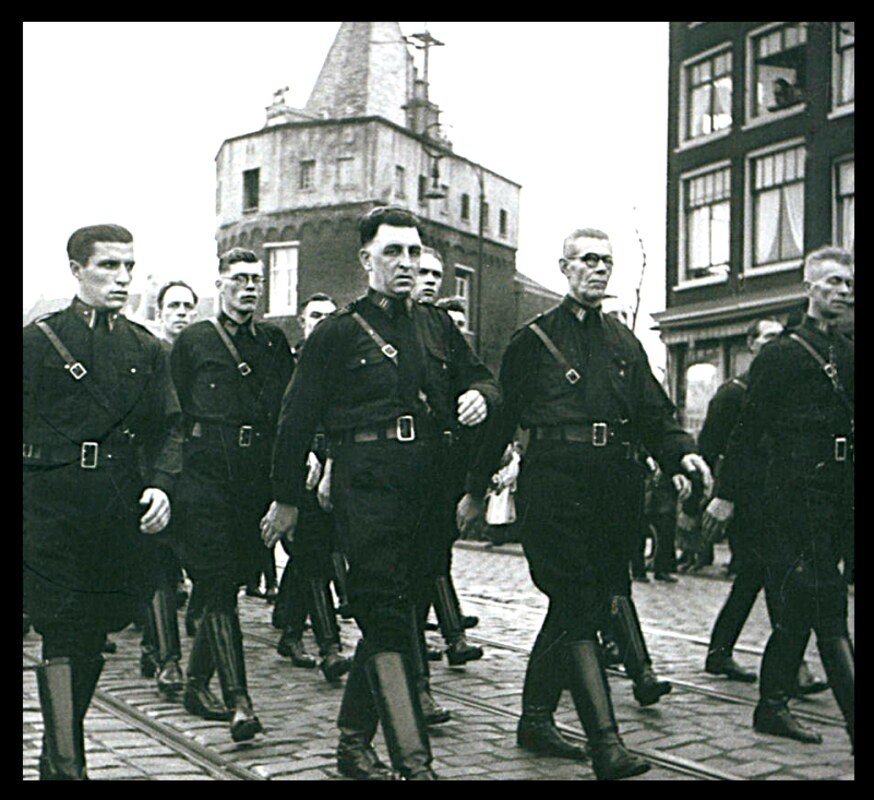
Unknown photographer
Now that the country was ruled by the Nazis, the Black Shirts of the pro-Nazi Dutch NSB liked to parade provocatively around Amsterdam, holding rallies and intimidating citizens.

Unknown photographer
The “Weerbaarheids Afdelig” (pronounced /Weir-bar-hayts Af-day-ling/) or “WA” was the paramilitary wing of the Dutch pro-Nazi NSB. Much like Mussolini’s “Black Shirts,” these Dutch fascists wore black uniforms too.
Before the war, the WA had been forbidden due to riots in the Jordaan neighborhood and the Tuschinski Theater during Heroes’ Fun Fair, a movie which fascists deemed “anti-patriotic.” The WA equated the Dutch resisting the Spanish Occupants back in the 17th century with the Dutch Resistance at that time against rising Nazism.

Unknown photographer
The NSB and particular the WA were emboldened by the fact that the Amsterdam police under the leadership of Commissioner Tulp was corrupt and became more and more pro-Nazi. This parade in the Kalverstreet on July 2, 1941, was no doubt to inspire dread.
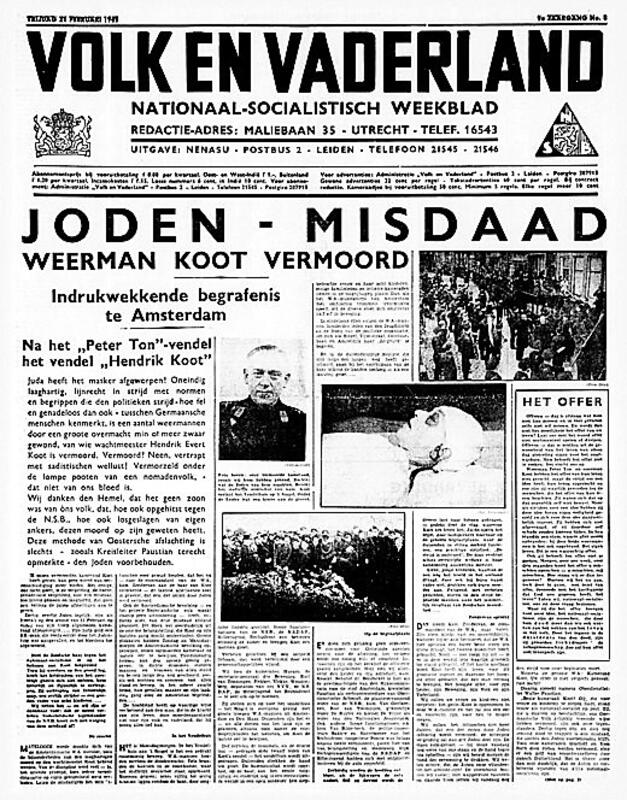
Textile store owner Hendrik Evert Koot (pronounced /Kowt/) had a devoted wife and eight children, most of whom were fervent Hitler devotees. He was a member of the WA, the paramilitary wing of the pro-Nazi Dutch NSB party. When he became embroiled in a fight with Jewish locals, he was wounded and died a few days later. The WA magazine called VOVA (“Volk & Vaderland” or “Patriots & Country)”sensationalized and distorted what had truly happened.
Fact or Fiction: Every detail about Koot and the riot he got killed in is factual, including that Koot used to work as a stoker for diamond cutter Abraham Asscher (who as a result of the February Strike was appointed to co-lead the Jewish Council, a mock council so that the Nazis could make it seem like the Jews were in charge of their own “emigration.)”
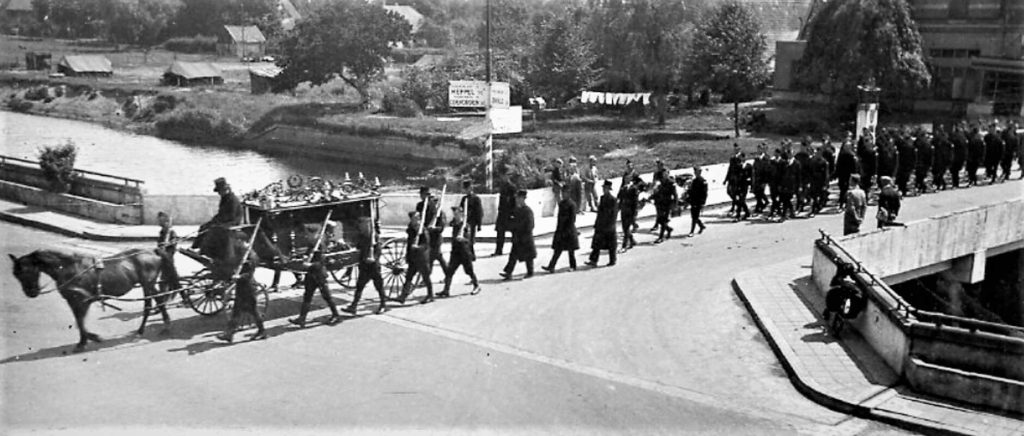
Unknown photographer
The Nazis turned this “family man” into a martyr by having an elaborate funeral procession and a funeral that was attended by high-ranking Nazis.
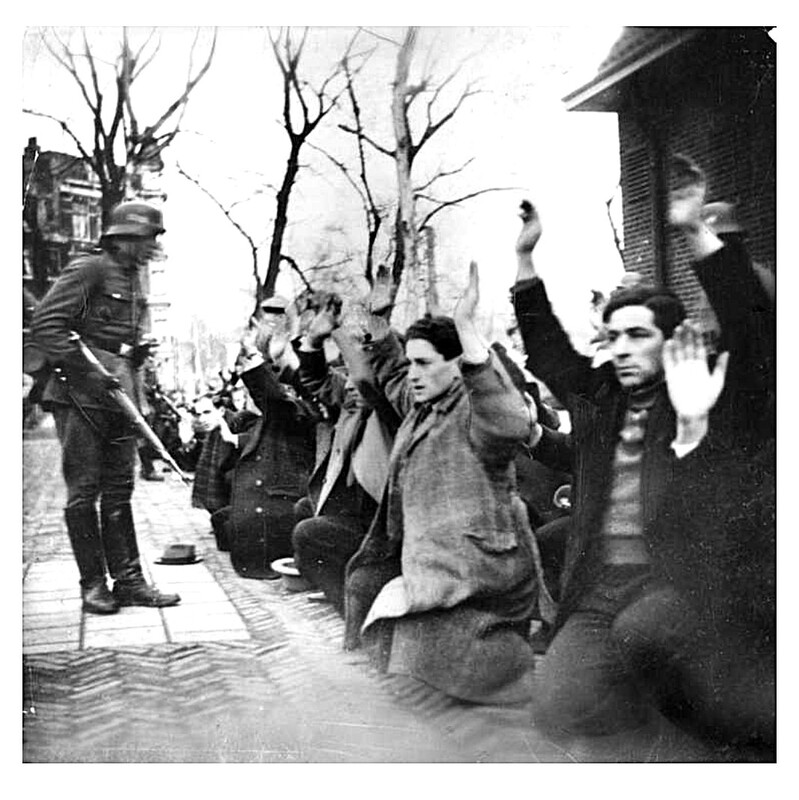
Unknown photographer
Koot’s death was used as an excuse to start “razzias,” targeting and persecuting Jewish men; on Saturday 22 and Sunday 23 February 1941, German police rounded up close to 400 young men on the Jonas Daniël Meijer Square. Only 2 of them would return from the death camps.
This first large “razzia” was a turning point for the Dutch, which prompted the 1941 February Strike, a large protest on February 25 and 26, 1941 that spread from Amsterdam longshoremen, to railroad employees and tramway crews, to students and factory workers, to other cities. Even though the 48-hour strike was the largest of its kind in Europe, it only confirmed that much worse was to come.
Due to its all-pervasive nature, the furious Hanss Albin Rauter and his SS-men were not able to suppress the strike until Thursday when a state of emergency was declared and the reprisals began; the city of Amsterdam was fined 15 million guilders (currently the equivalent of over $150 million), its civils servants were replaced by pro-Nazis. Despite or perhaps because of the dire consequences of the only direct action in Europe against the Nazi’s treatment of the Jews, the February Strike marked the beginning of organized Resistance in Holland.
Even though this site is in Dutch, it is an interesting cartoon to teach Dutch school children about the February Strike, which is still commemorated every year: https://www.destadmoetplat.nl/

similar galleries
discover
JOIN MY NEWSLETTER
To receive announcements about new blogs, images, essays, lectures, and novels, please sign up.
